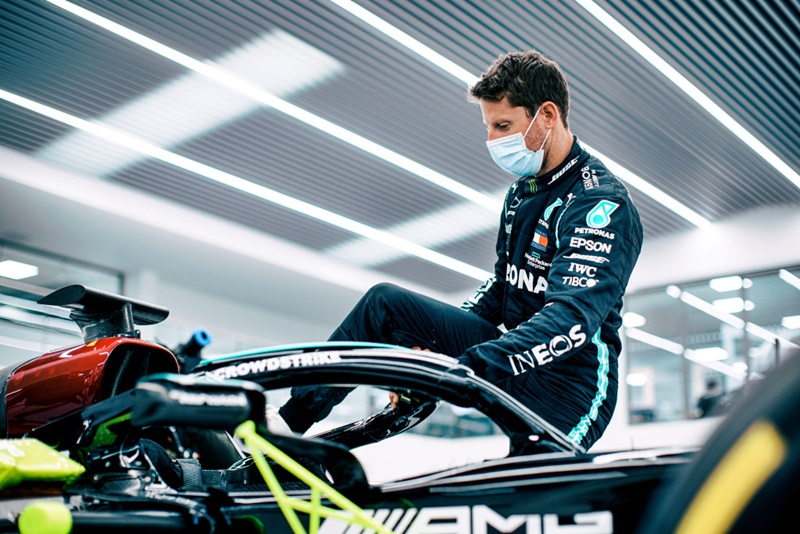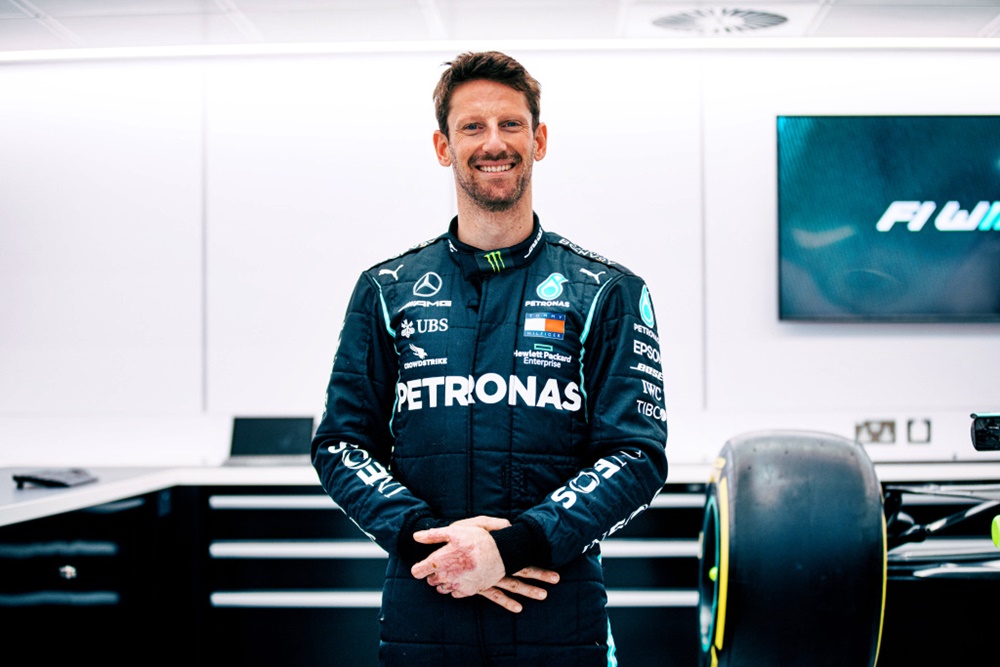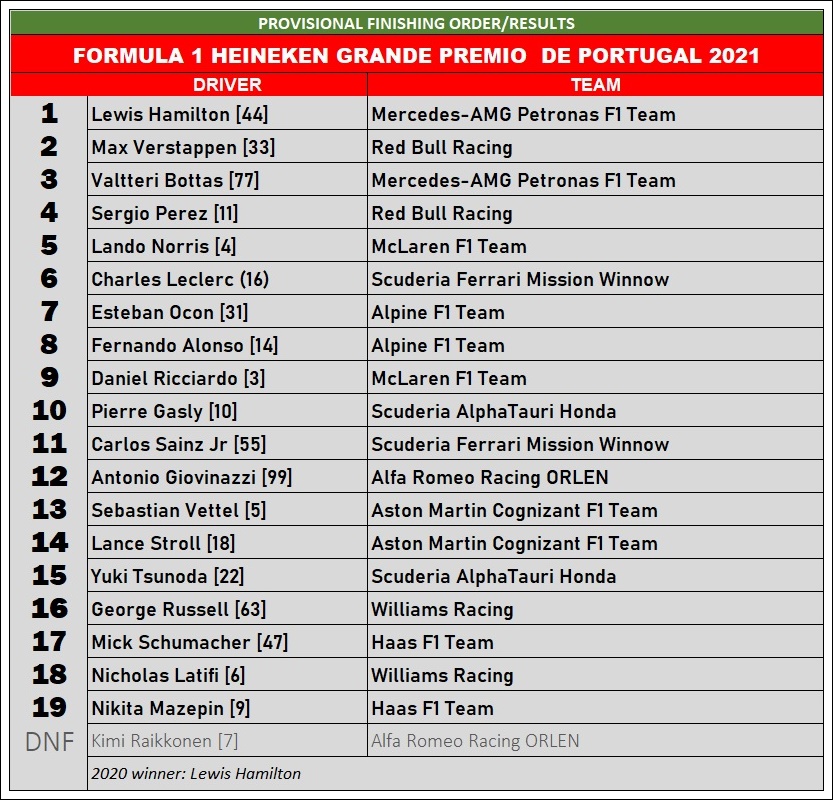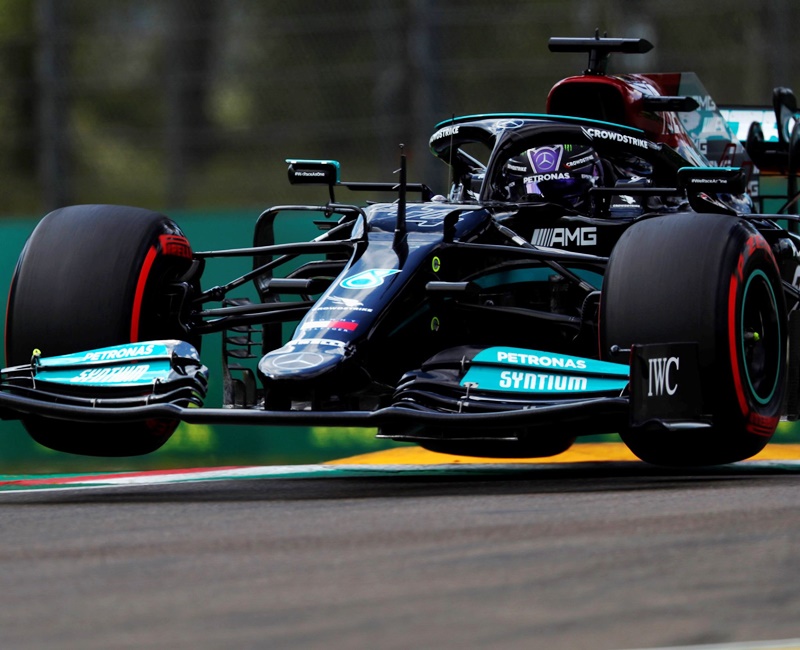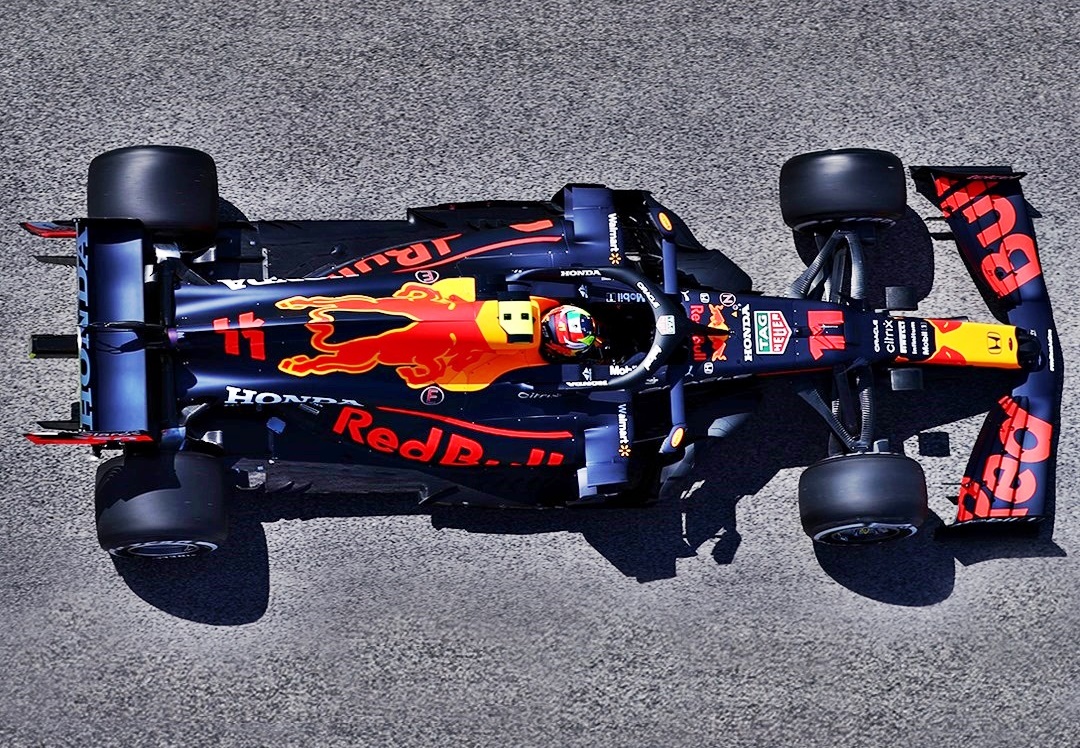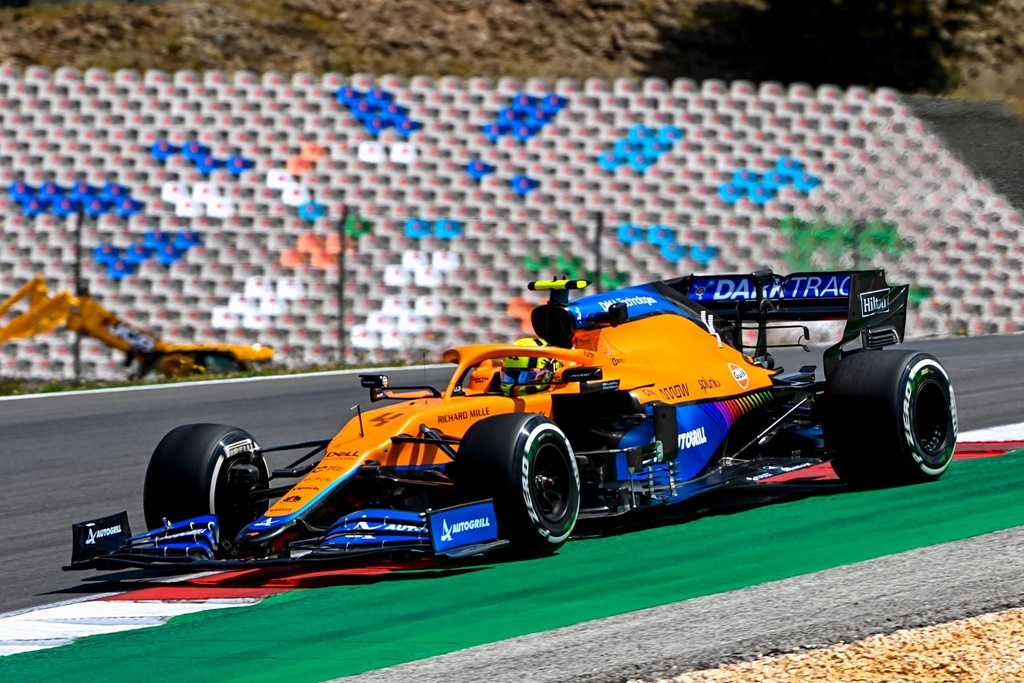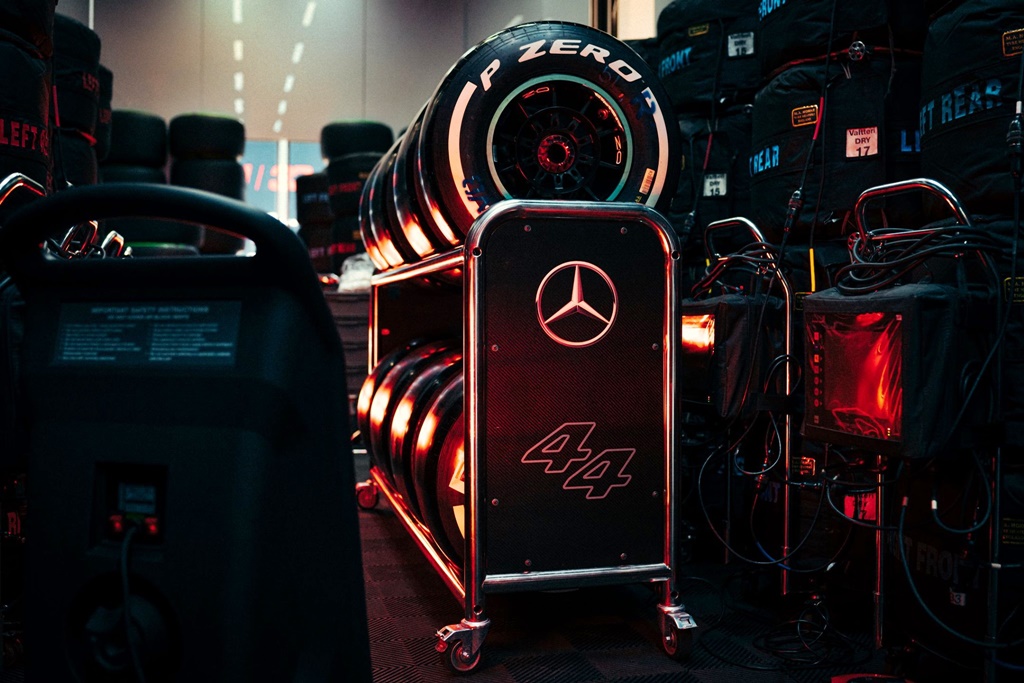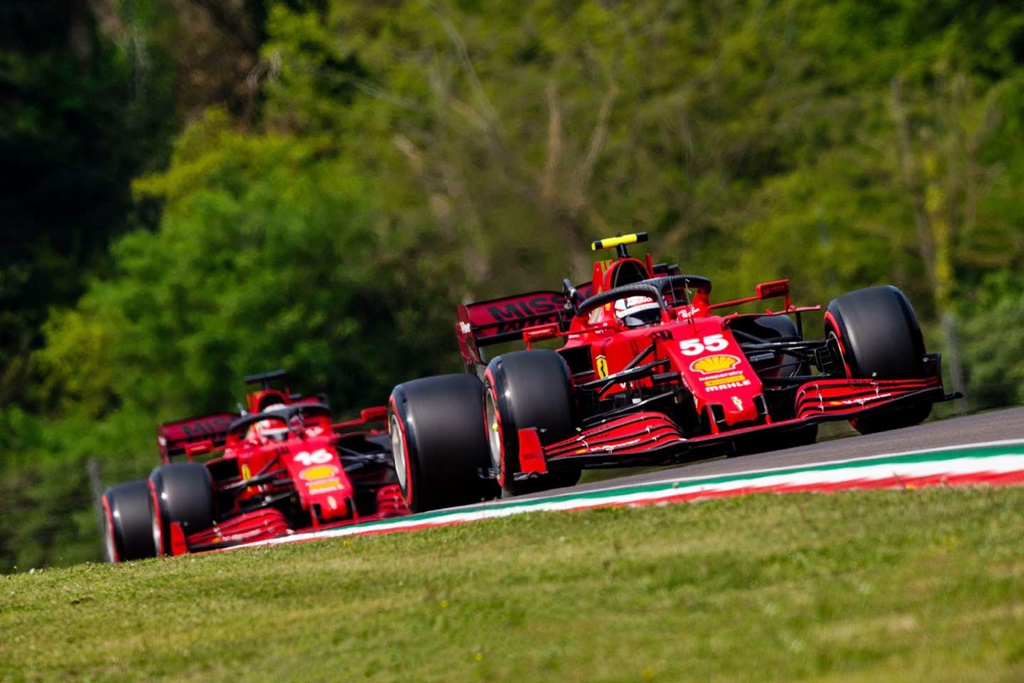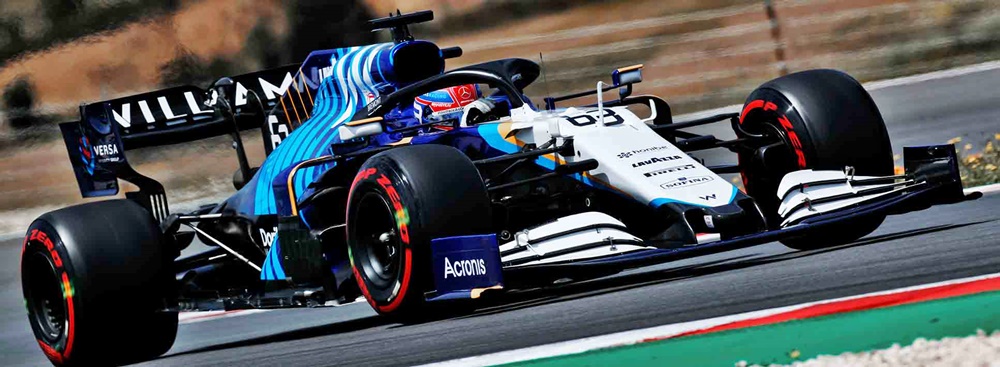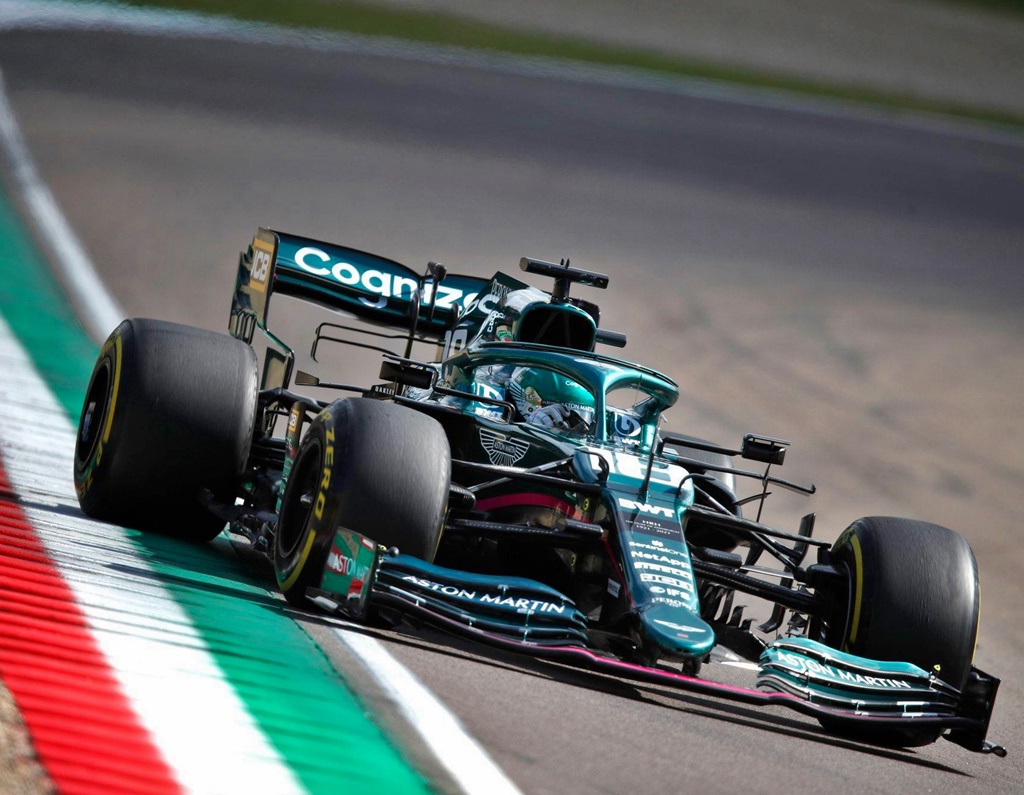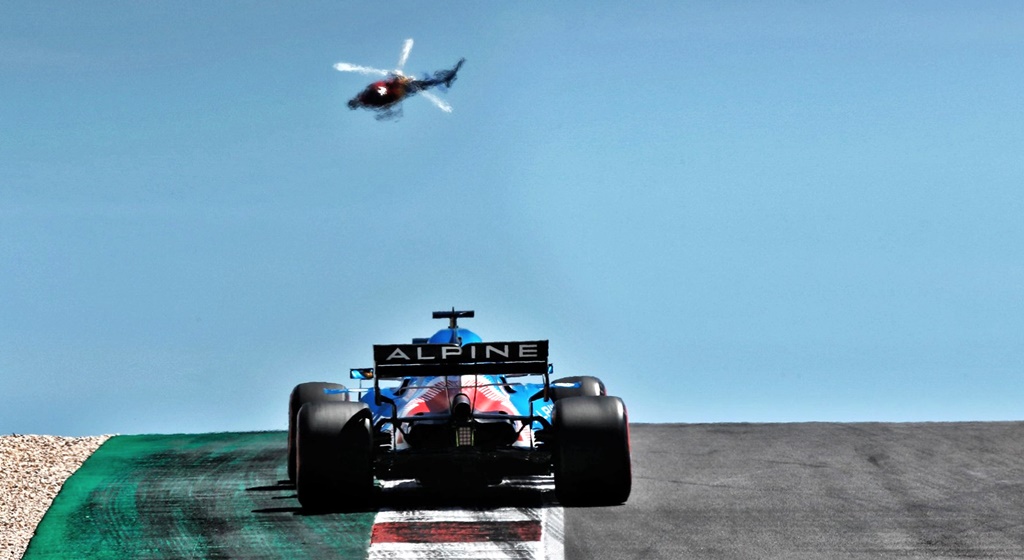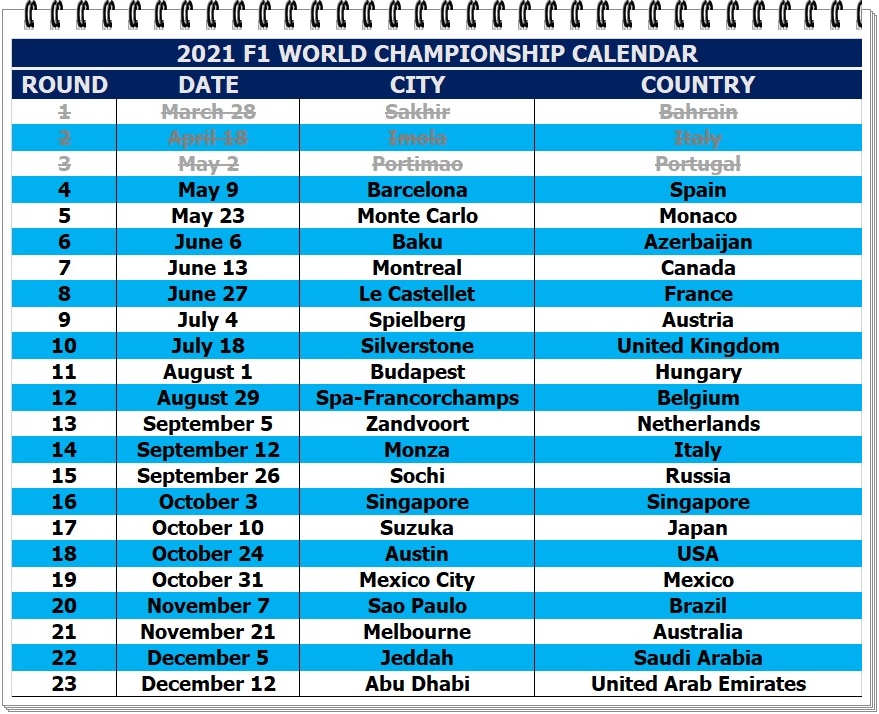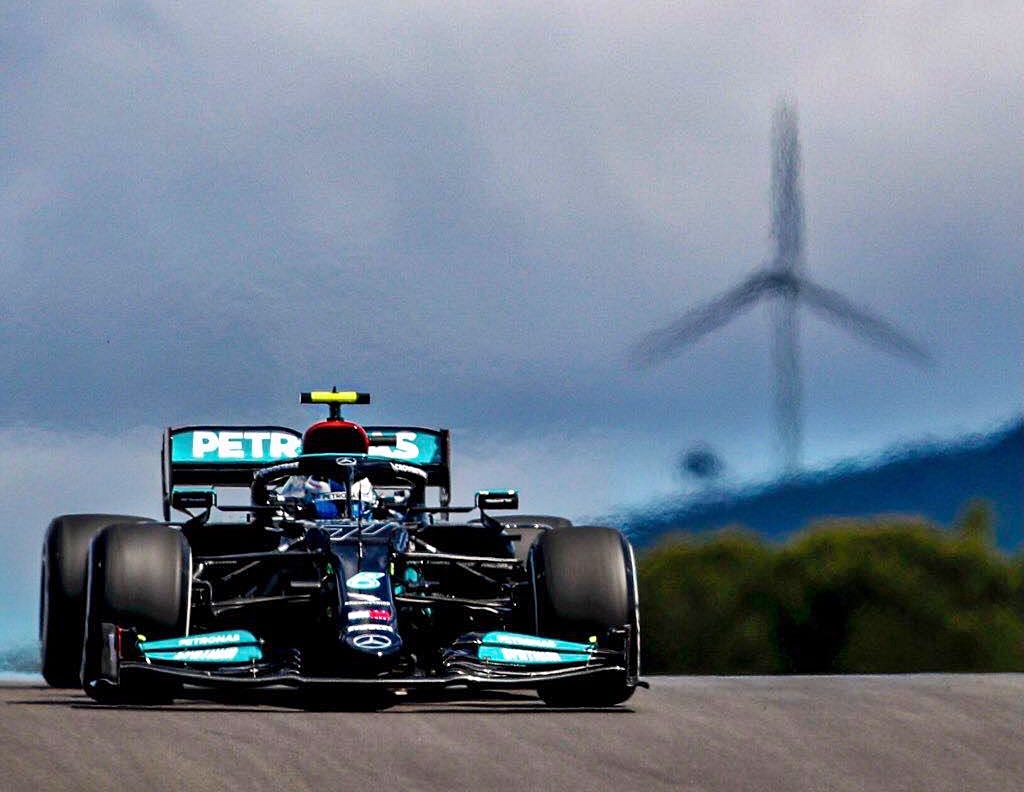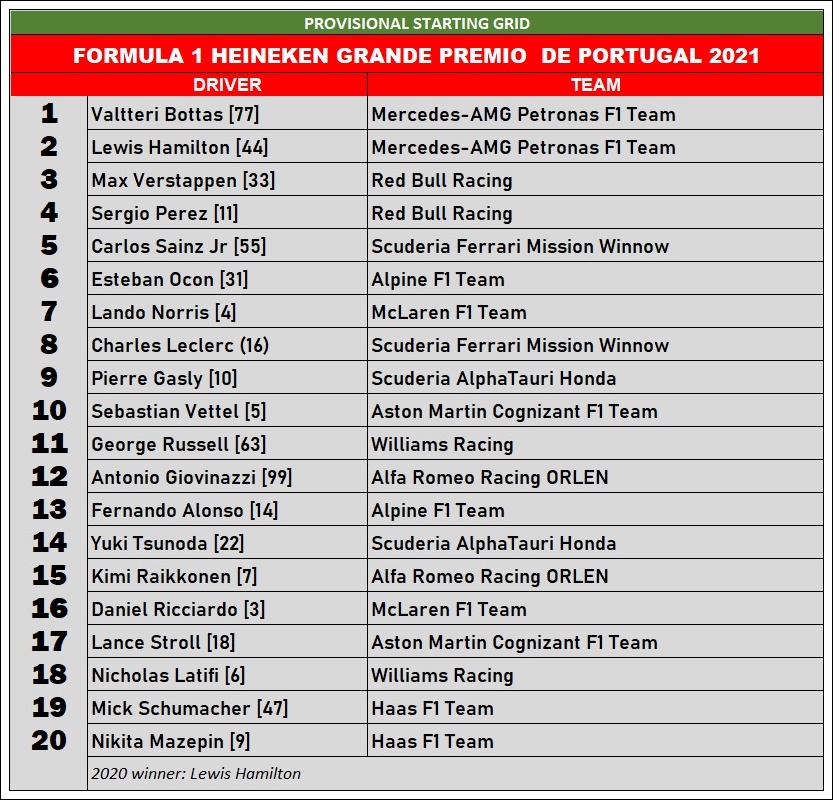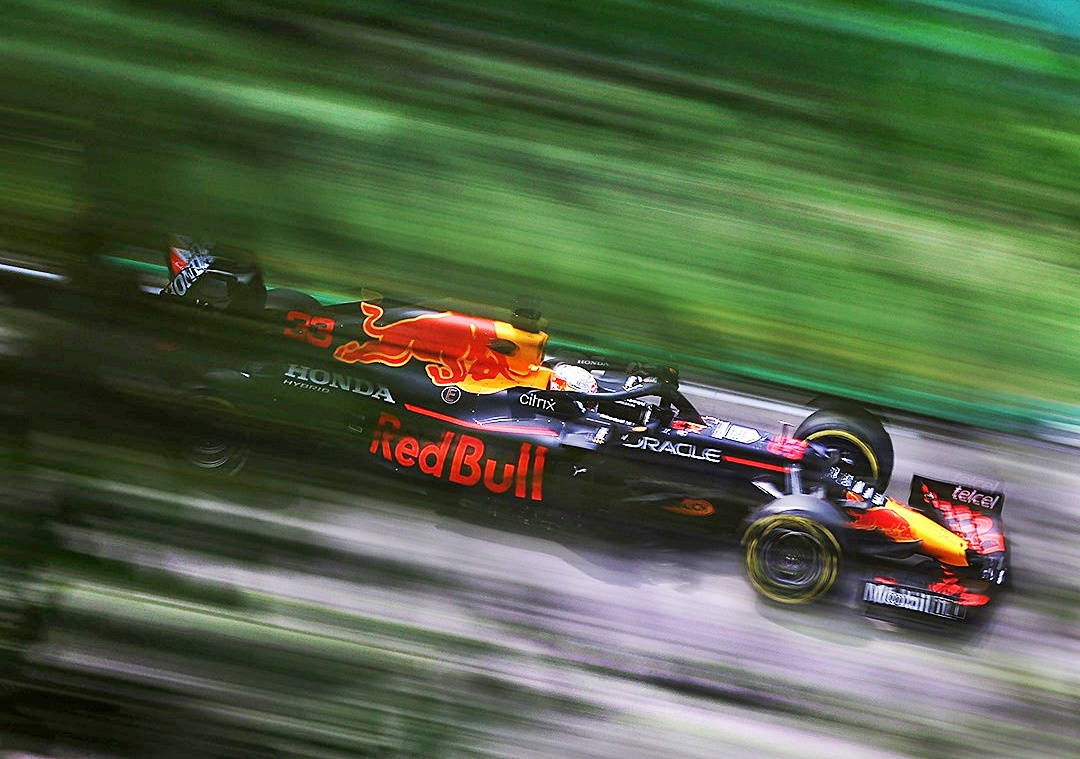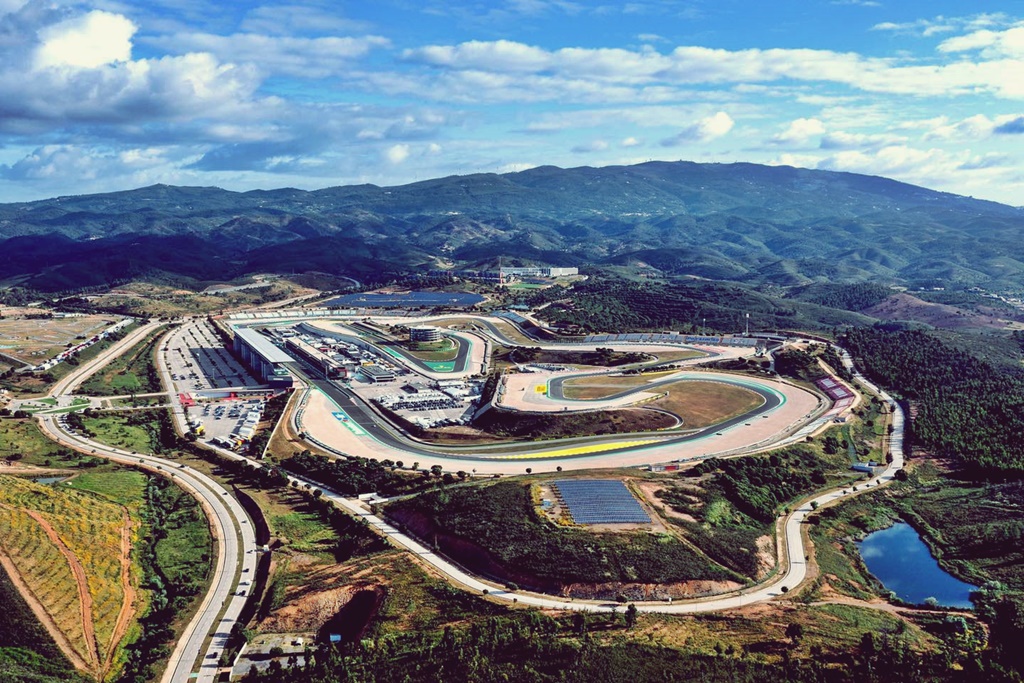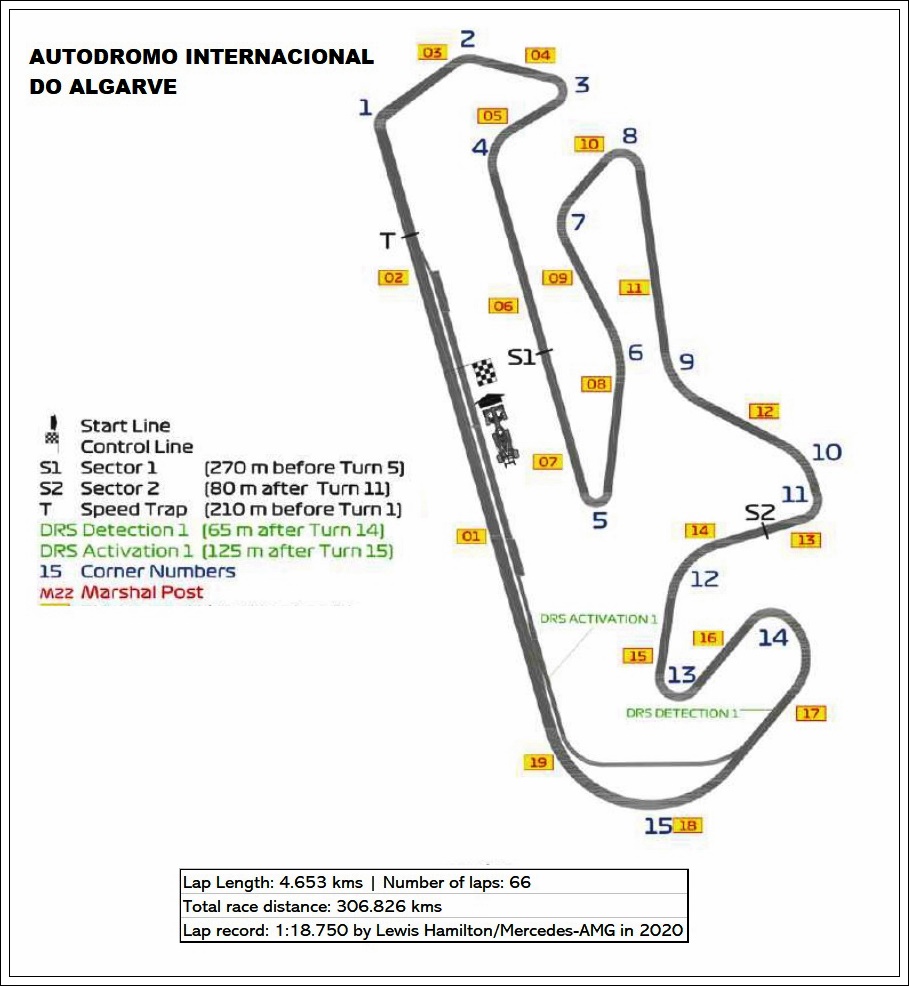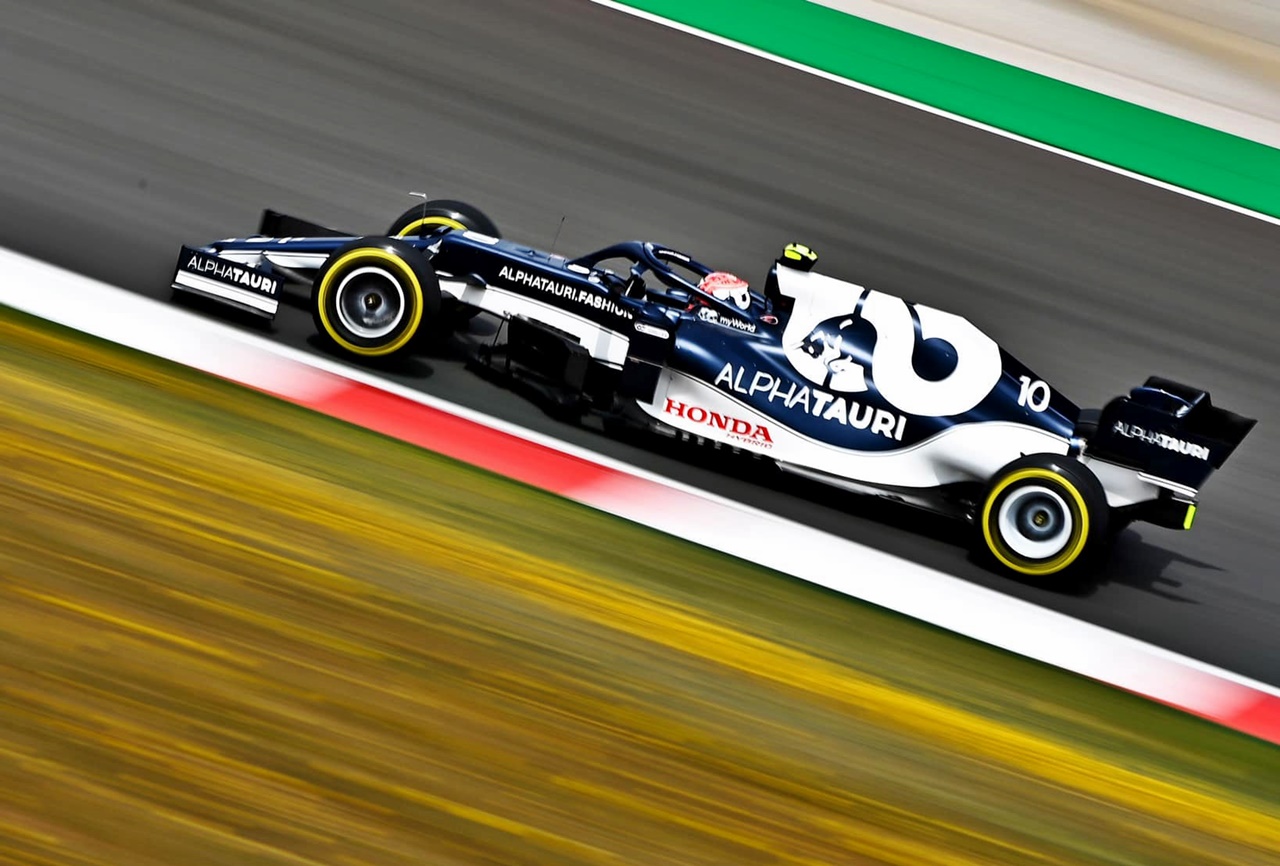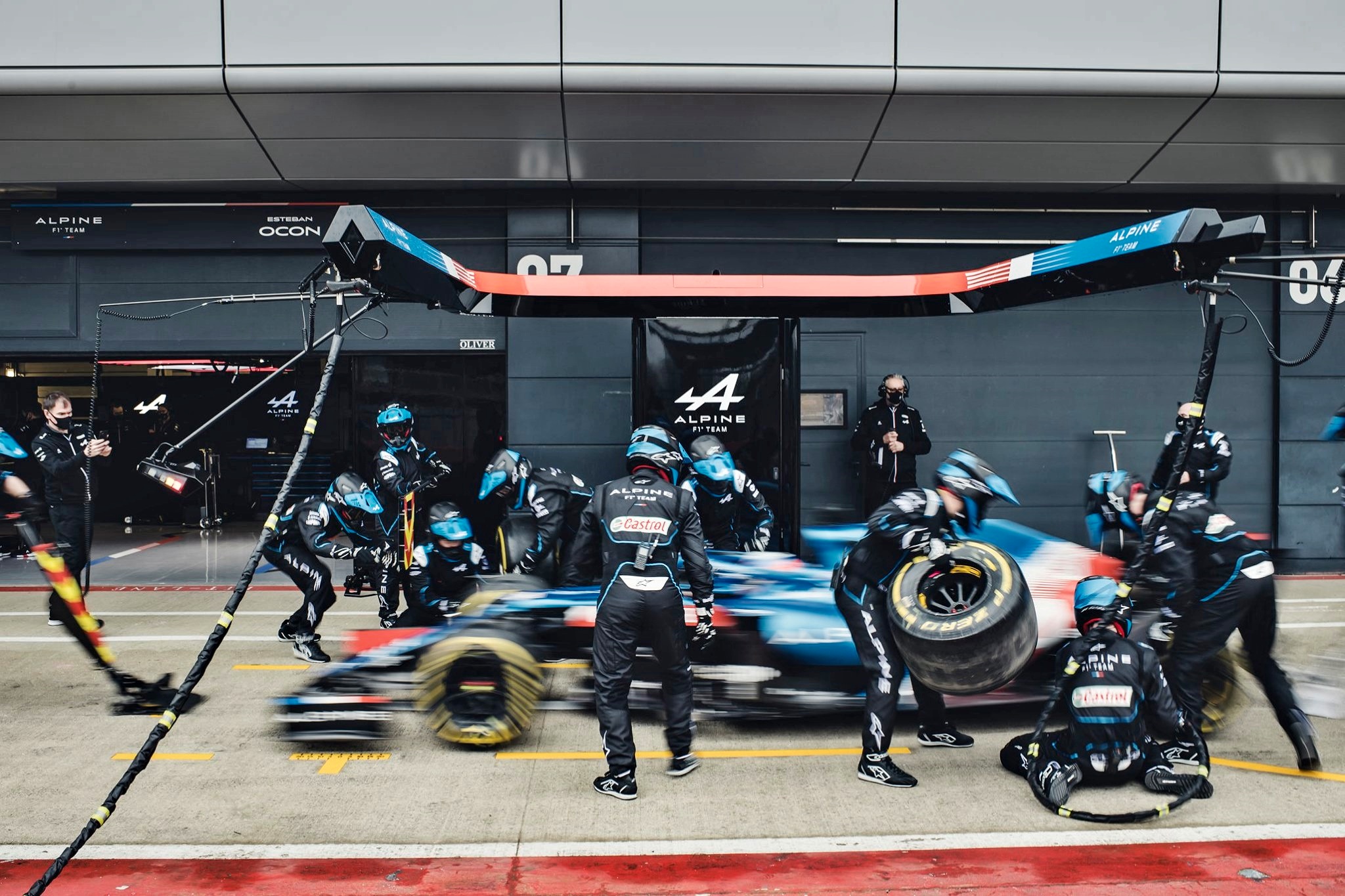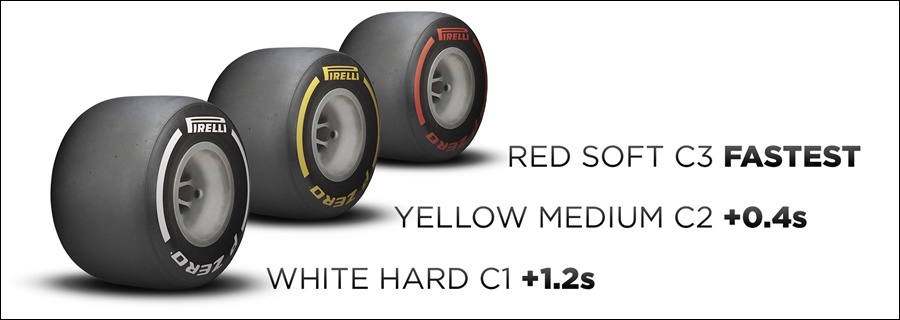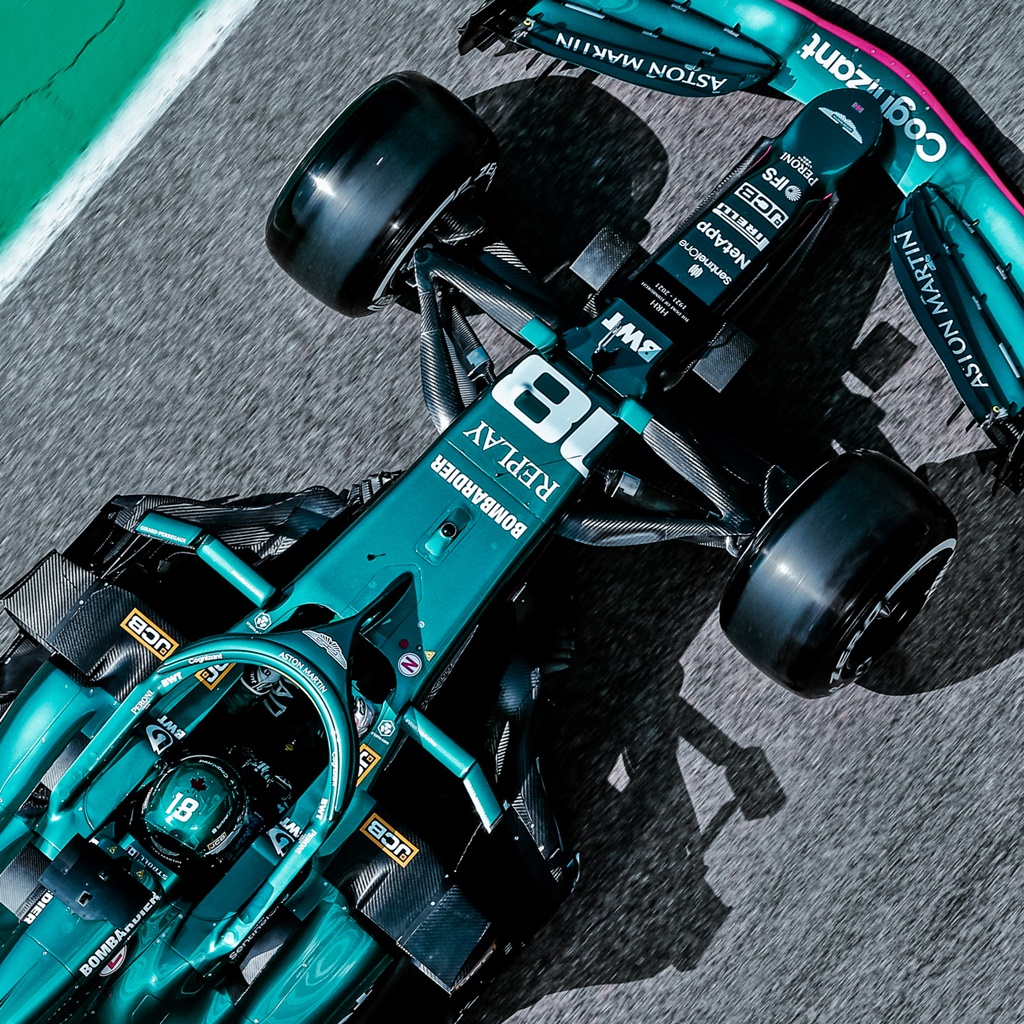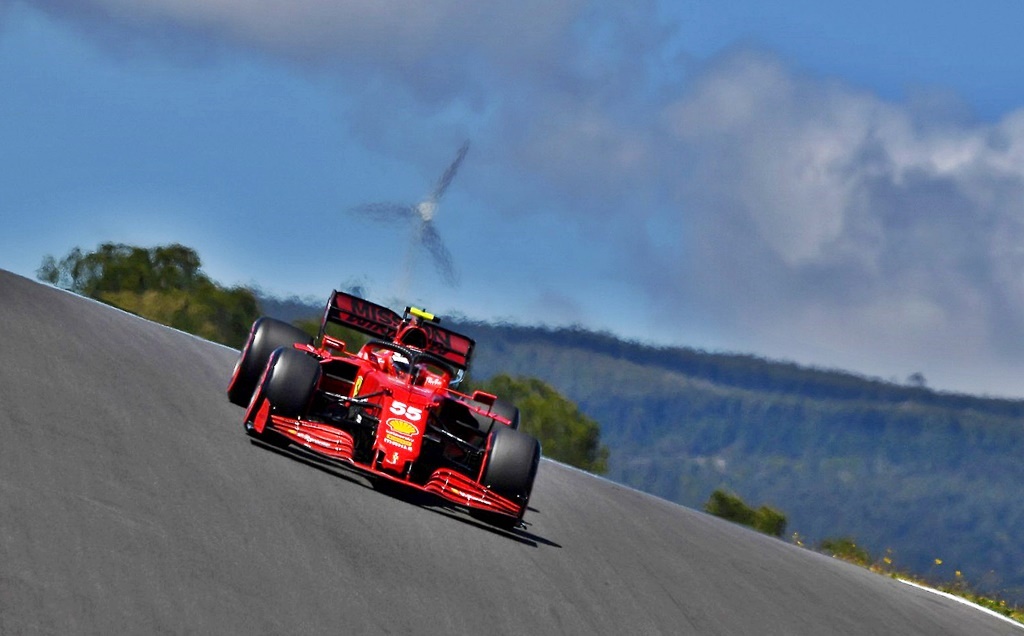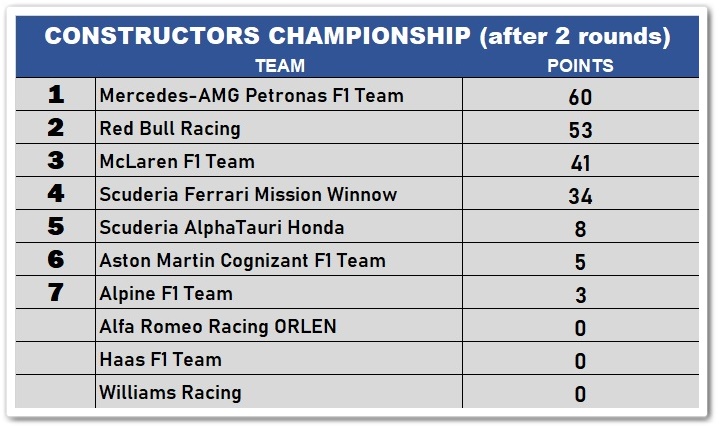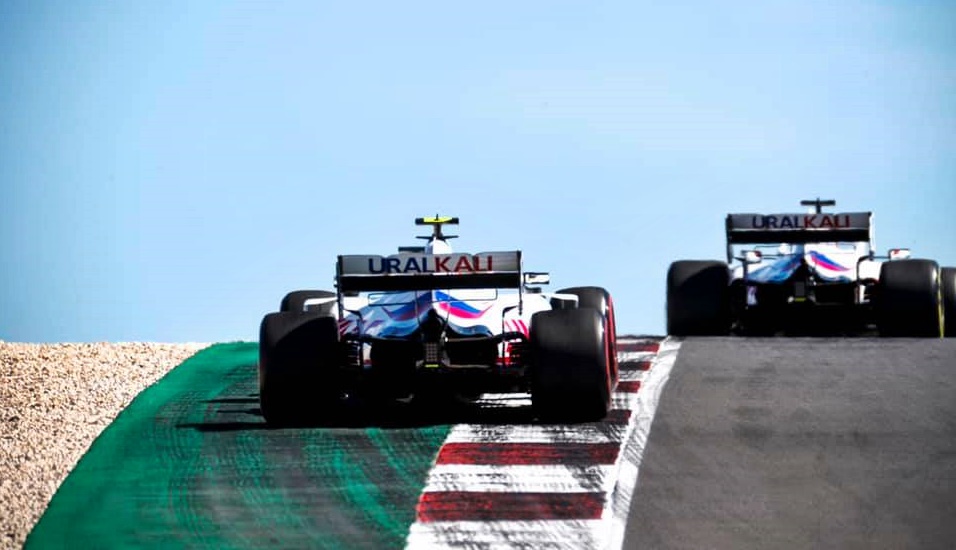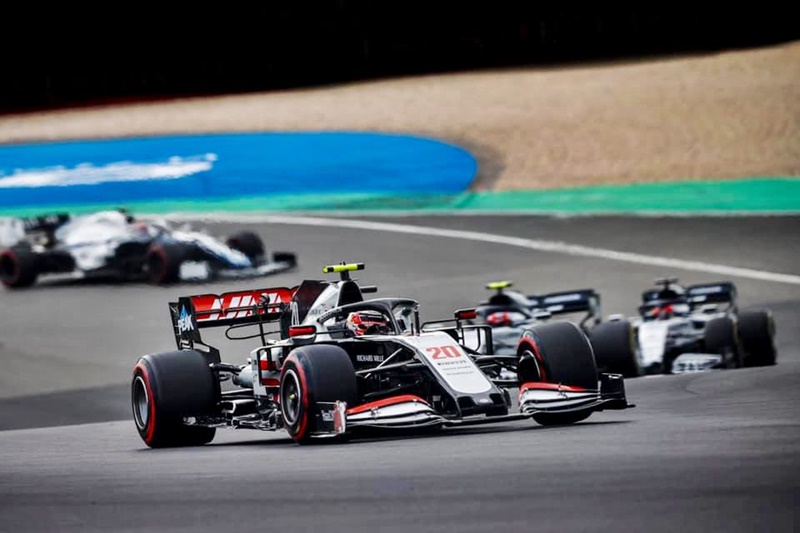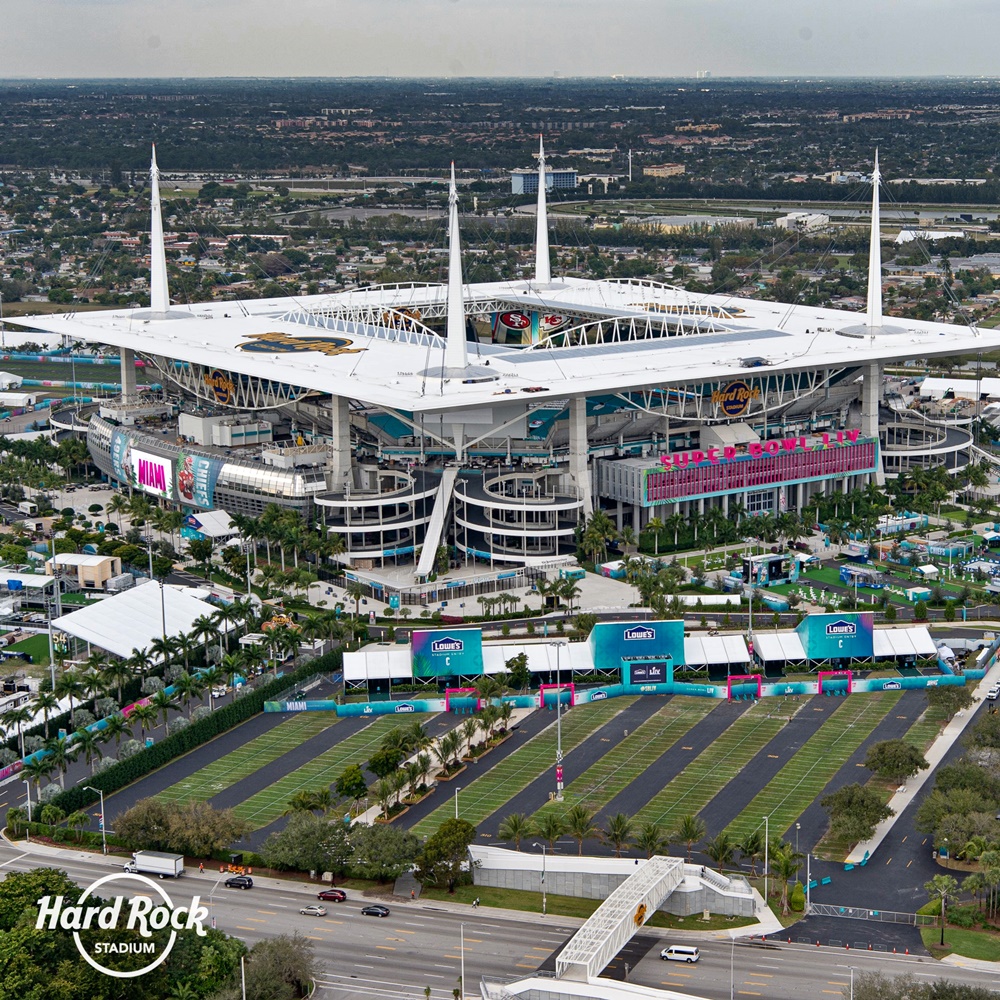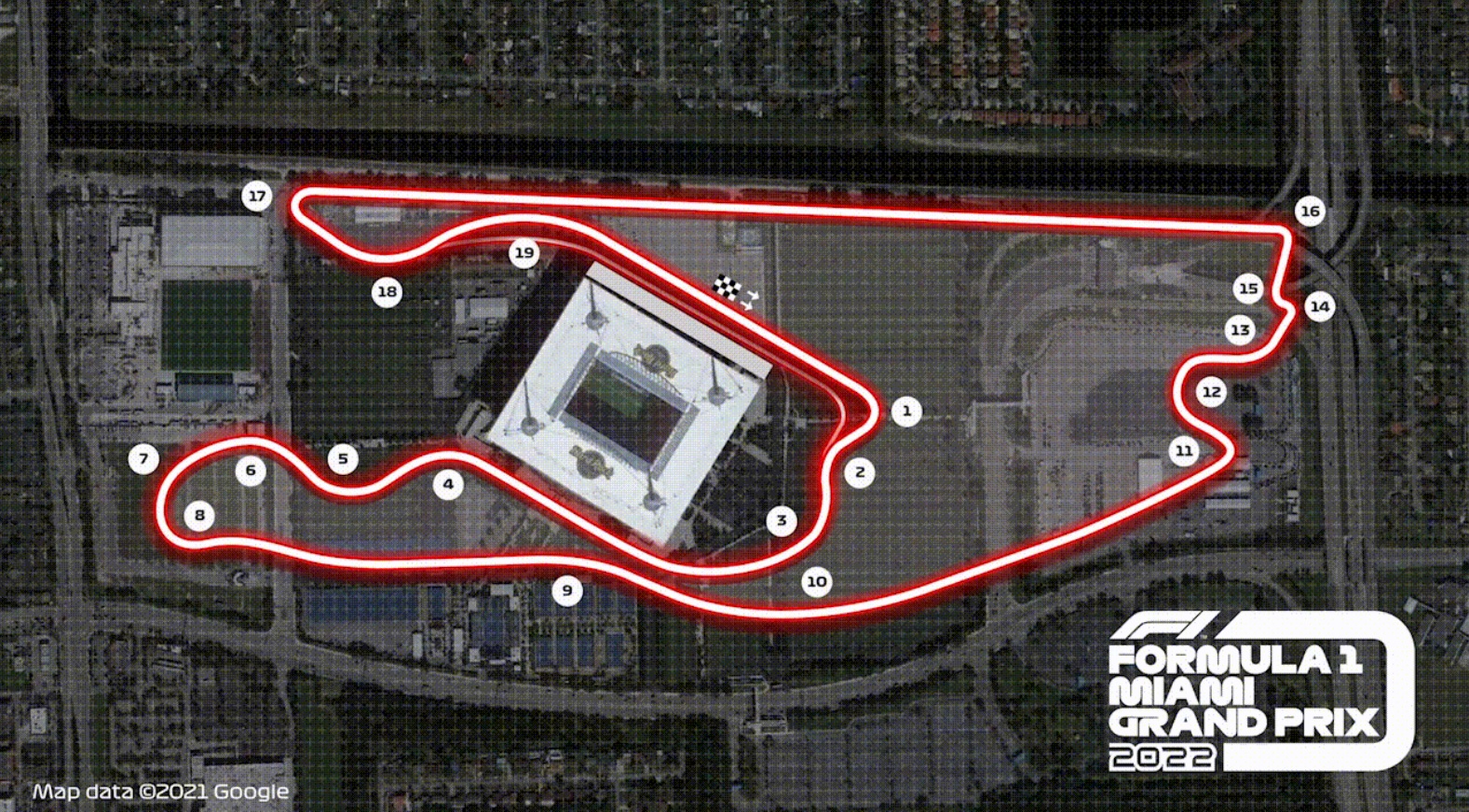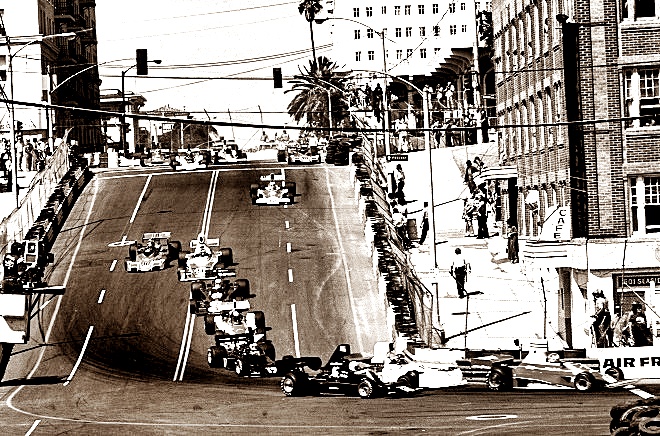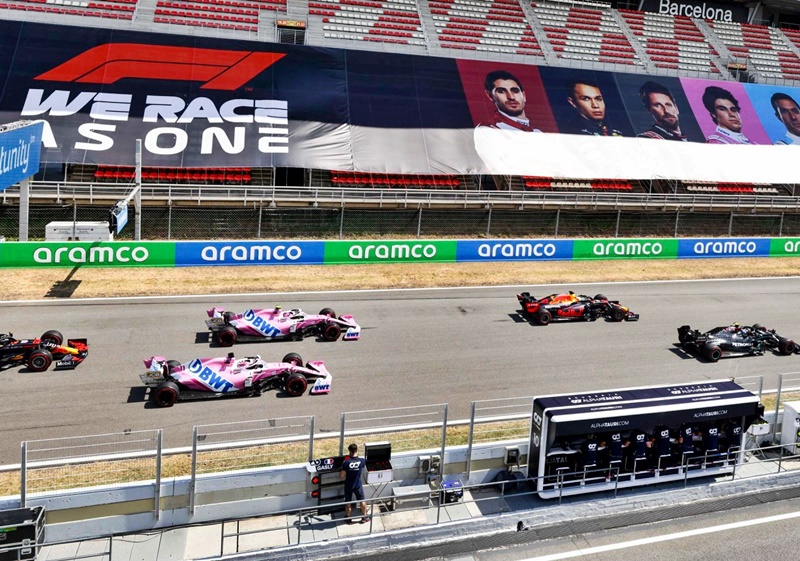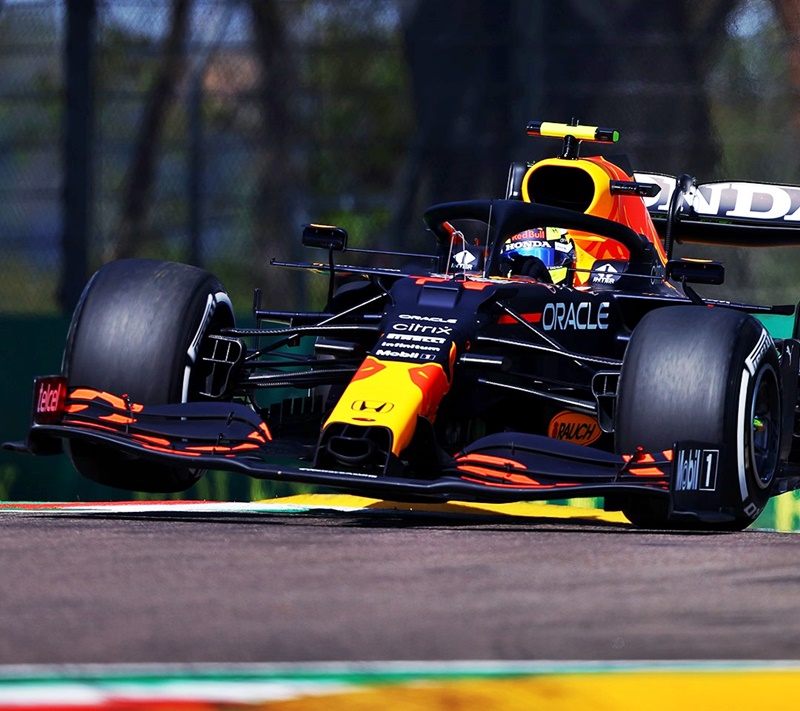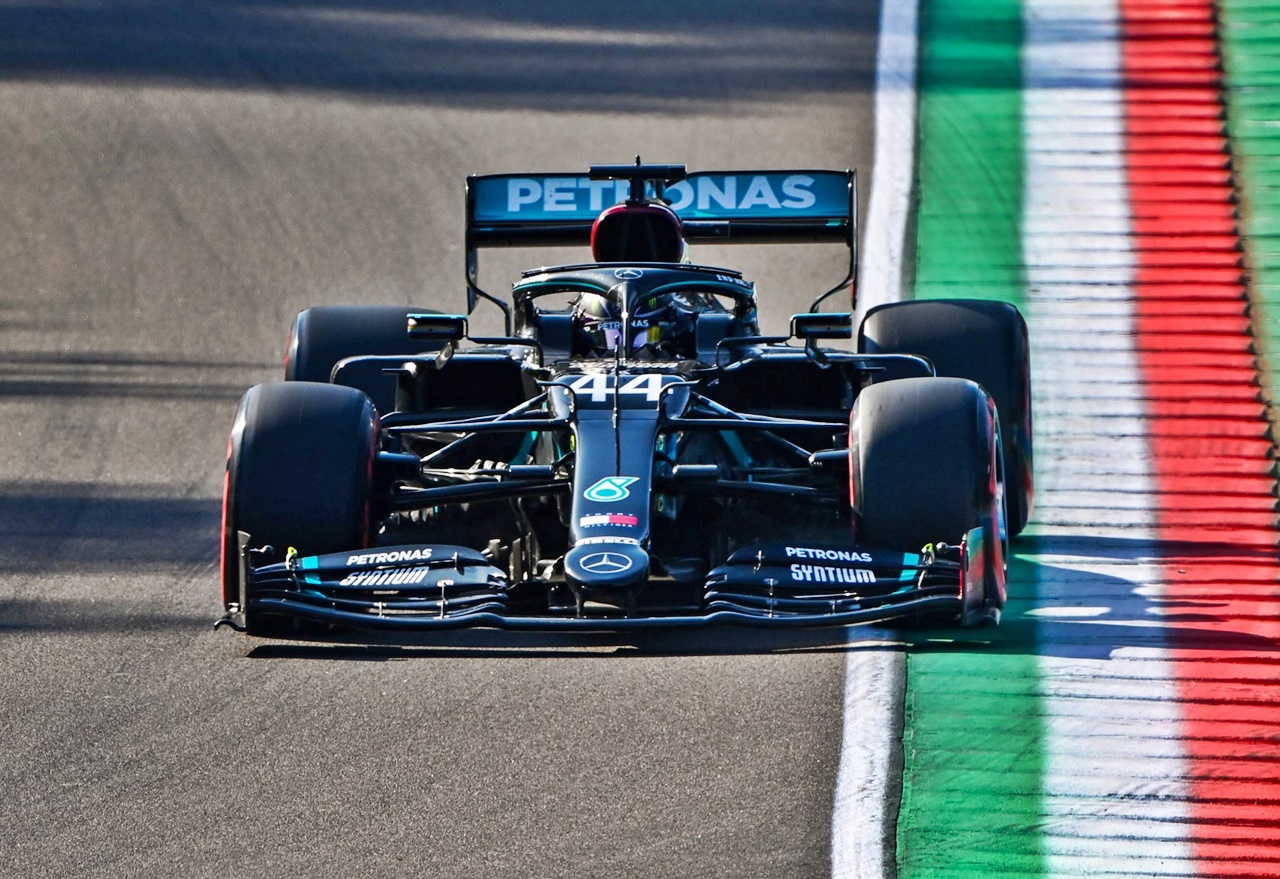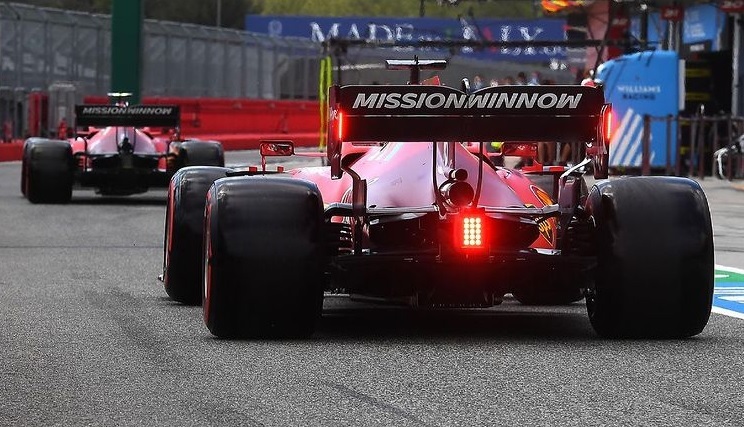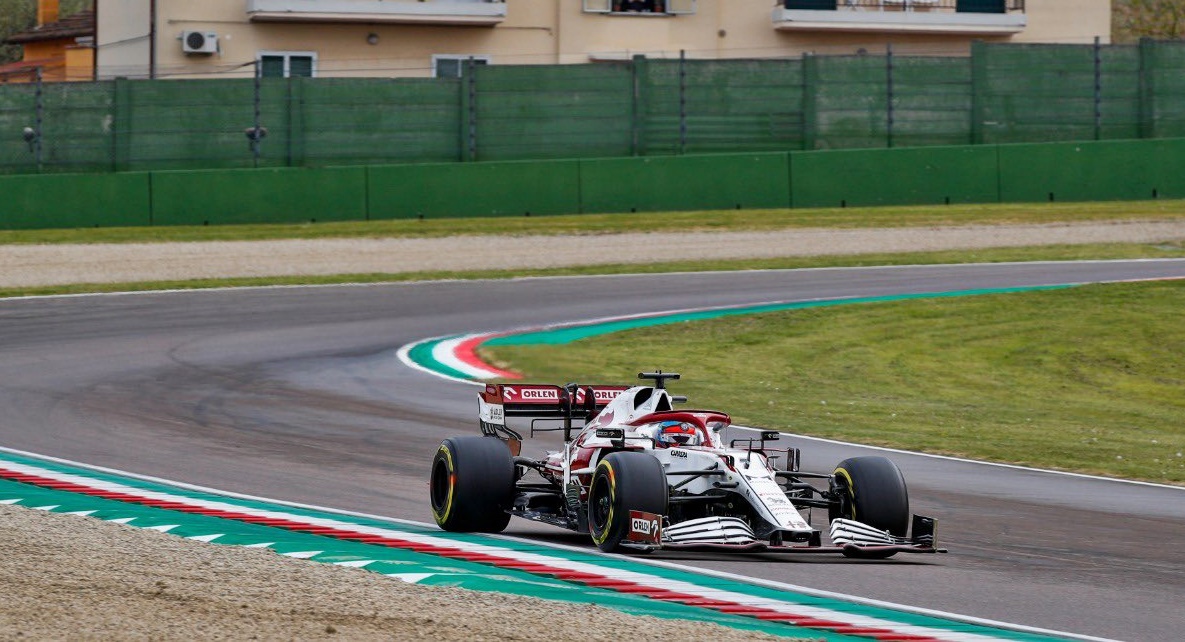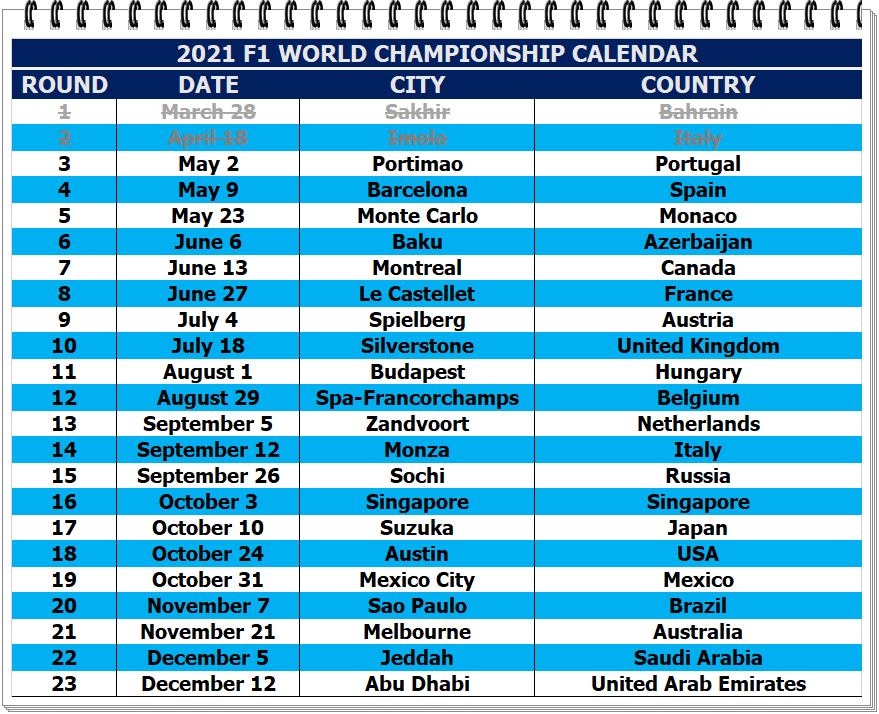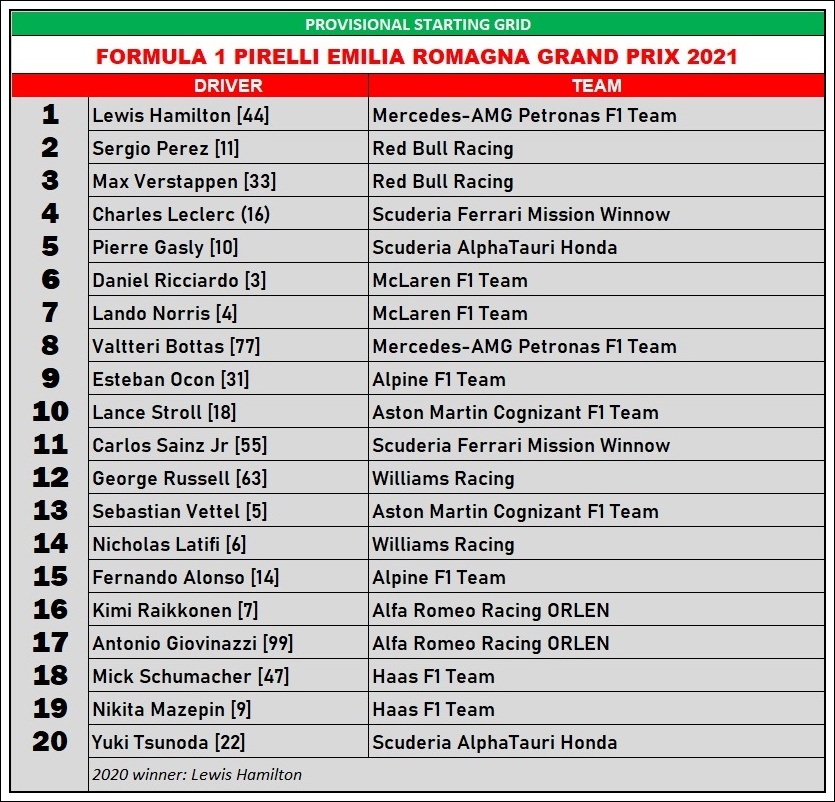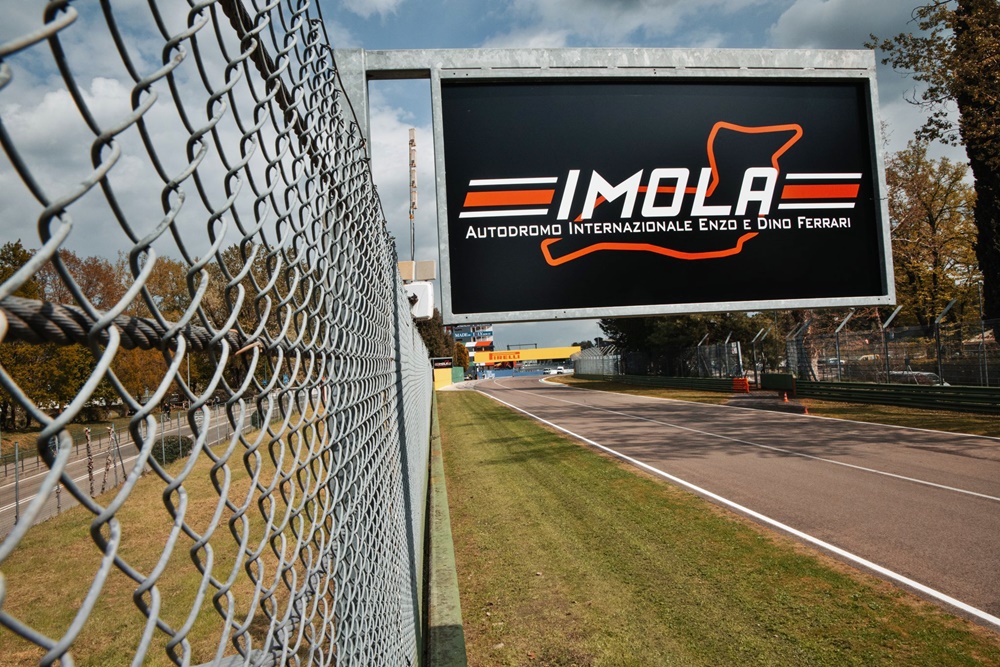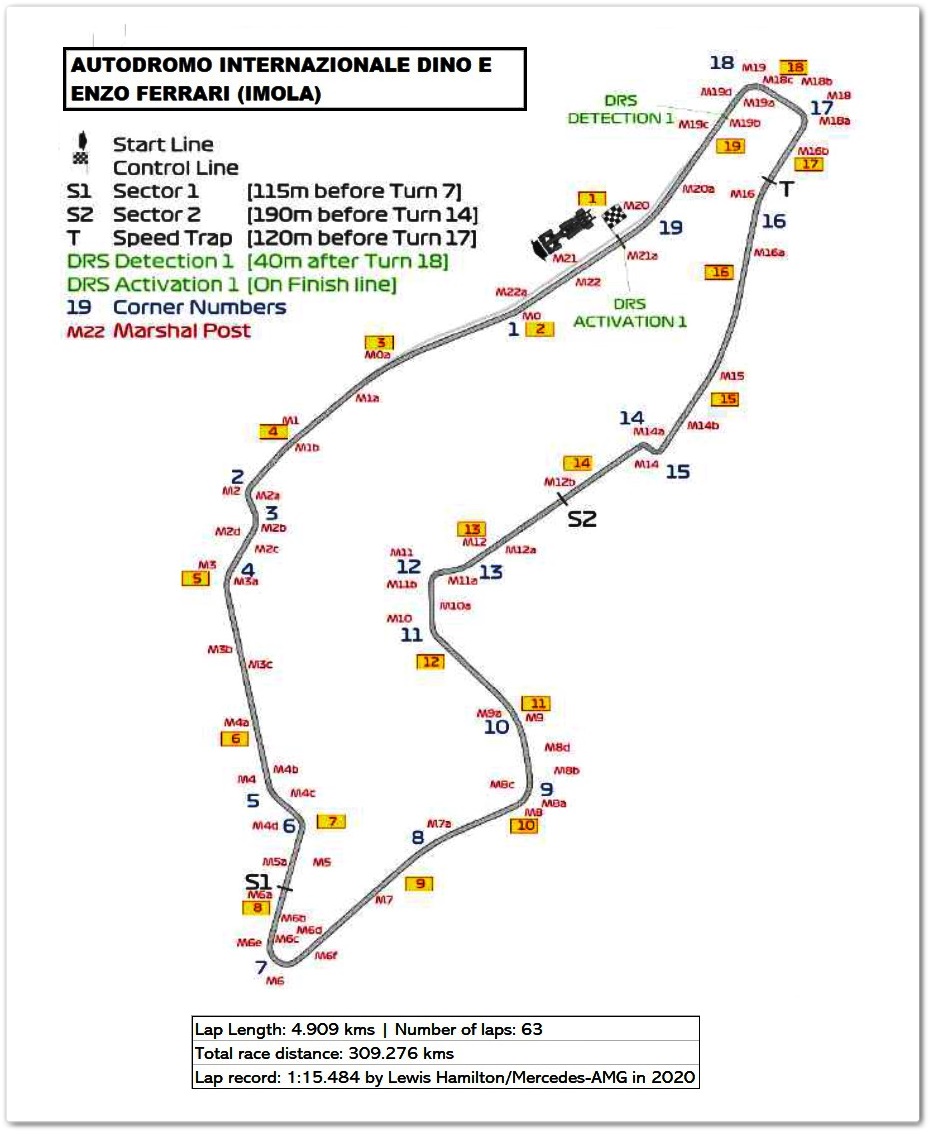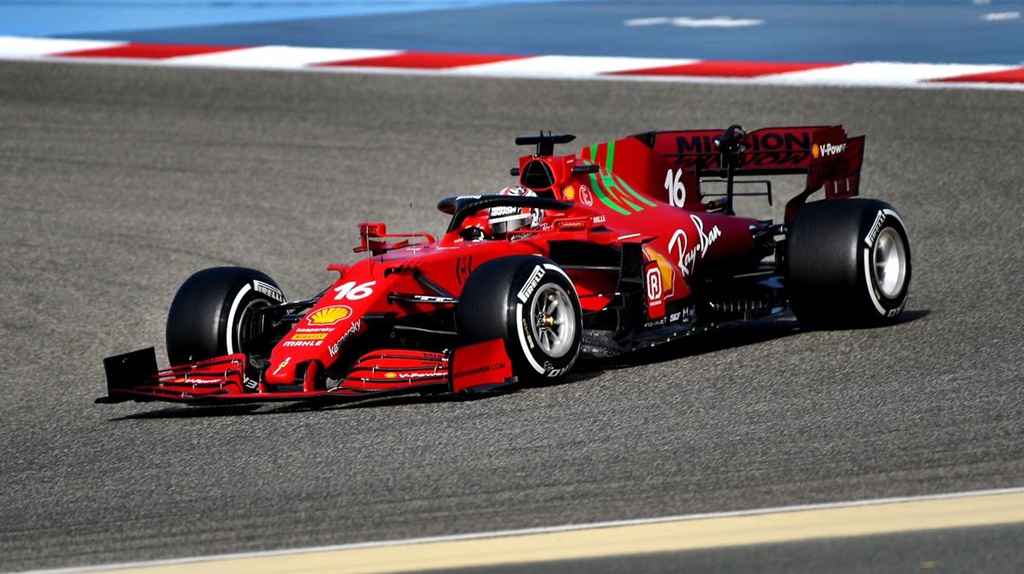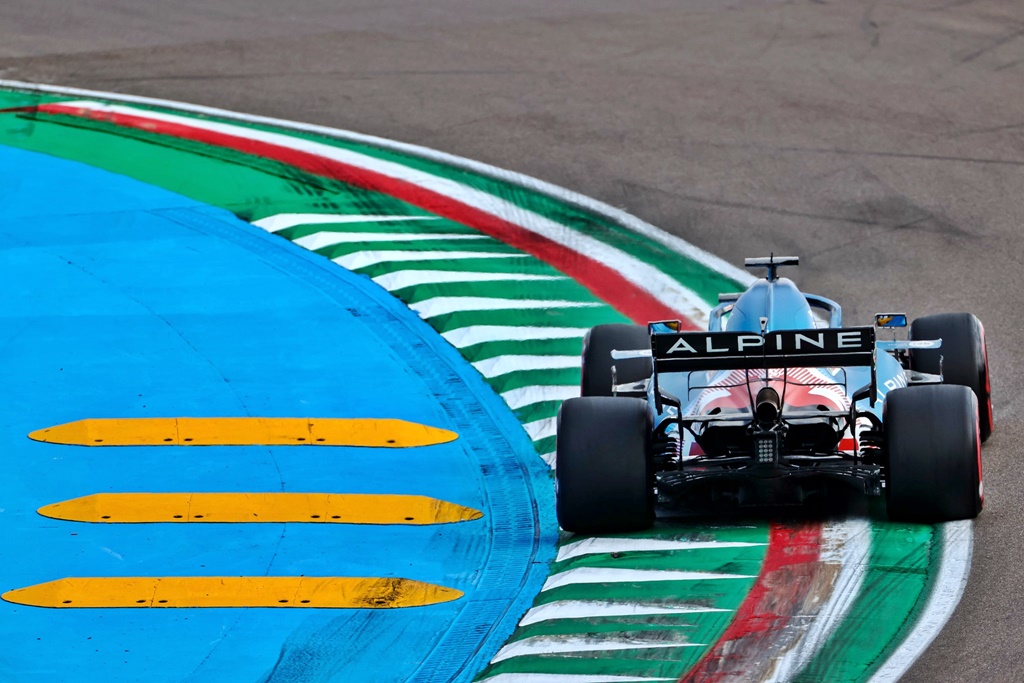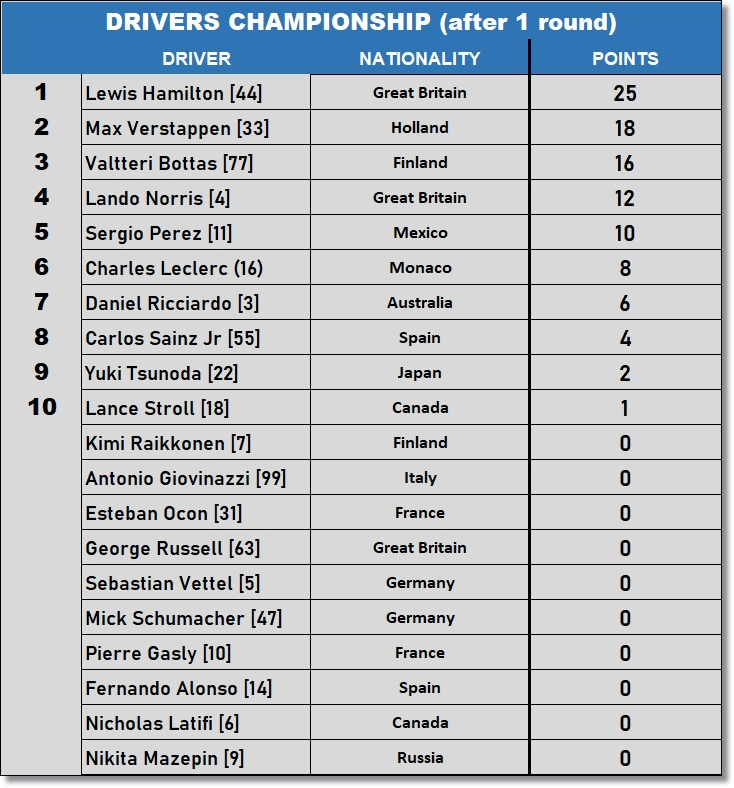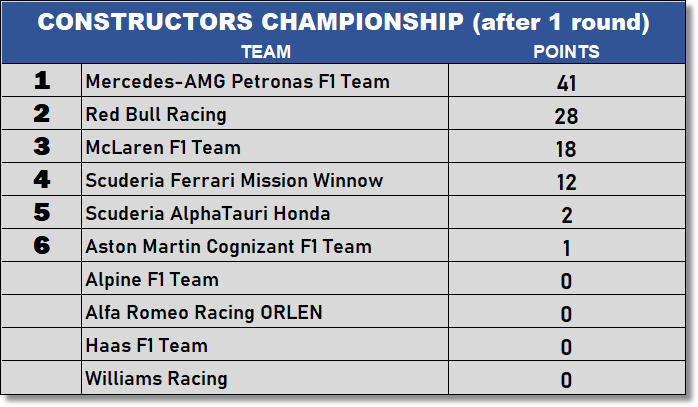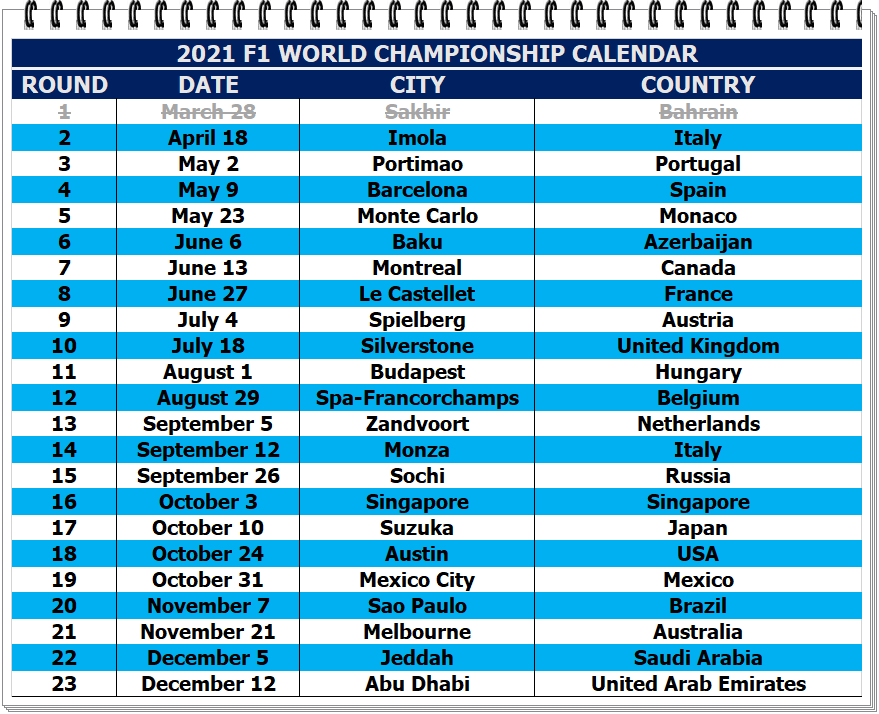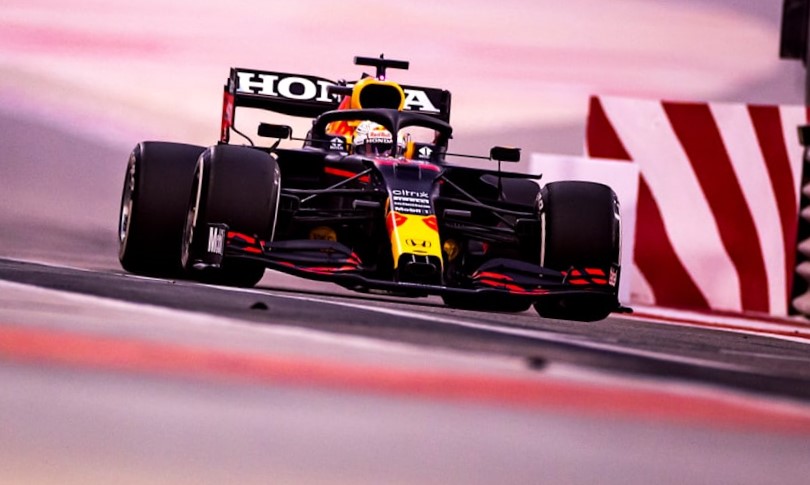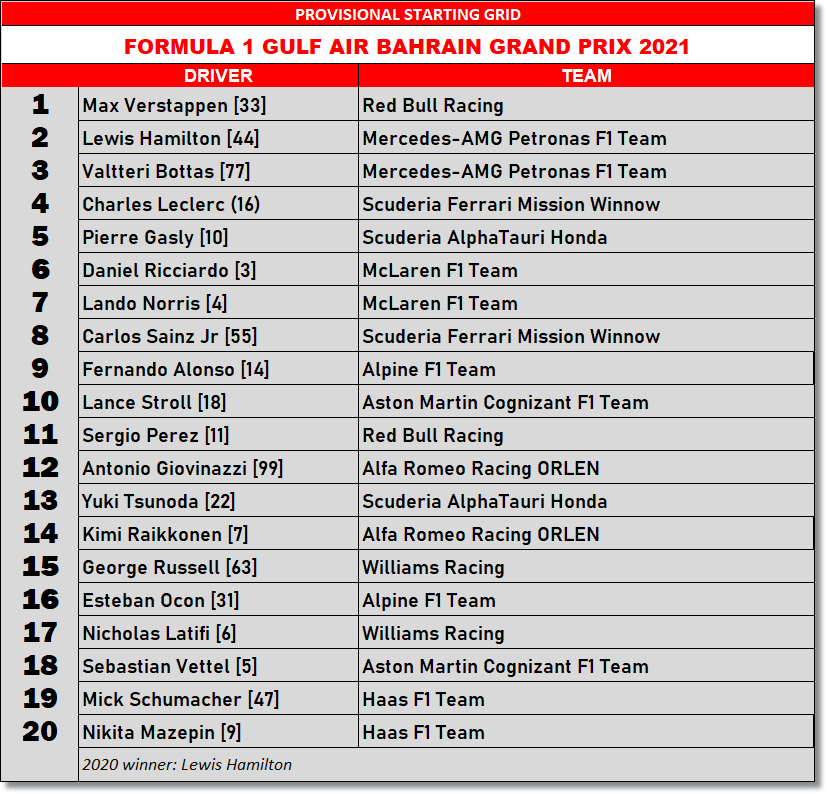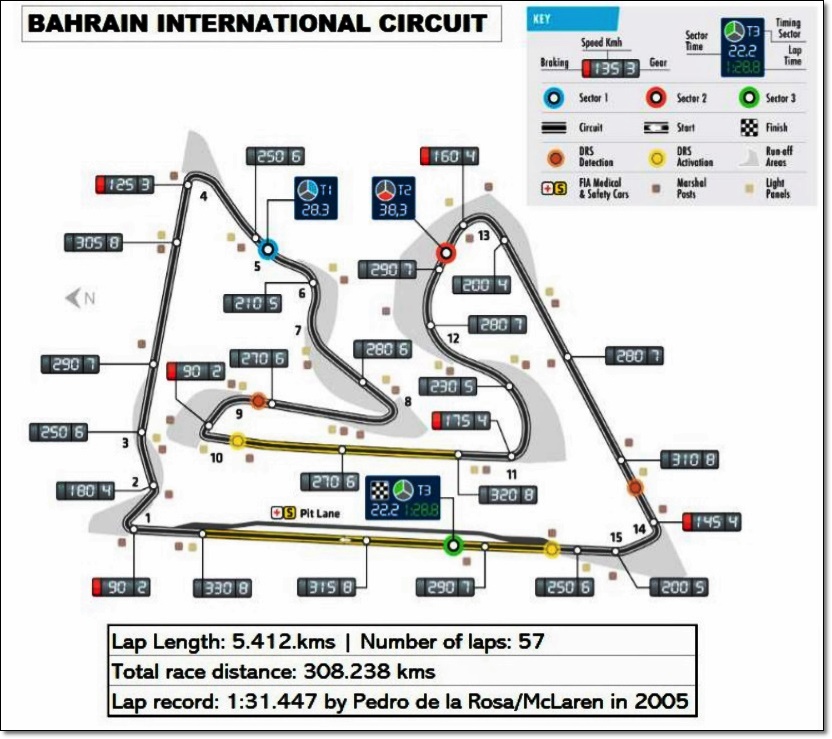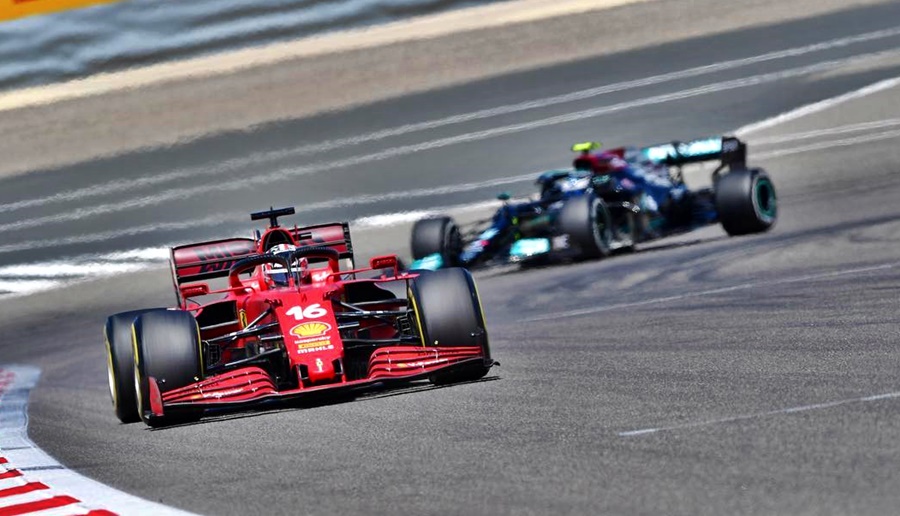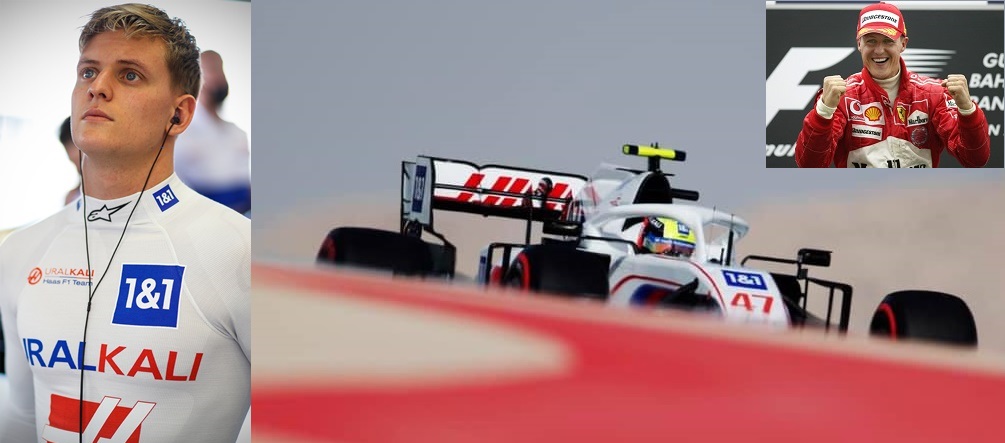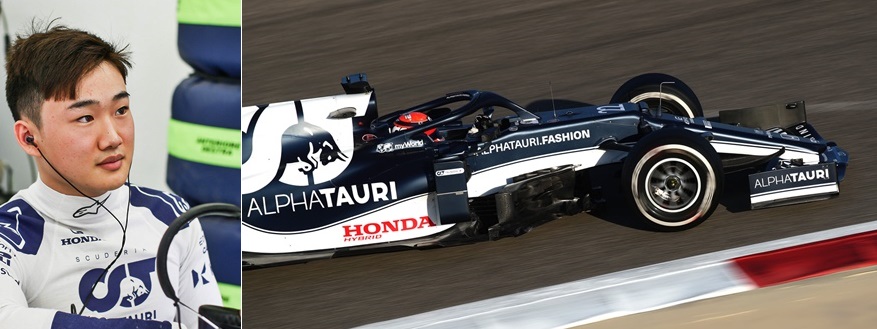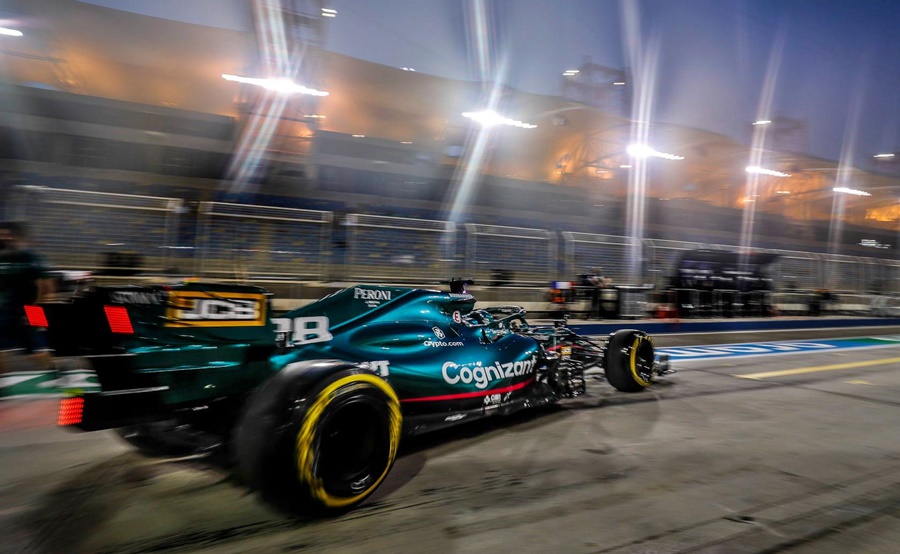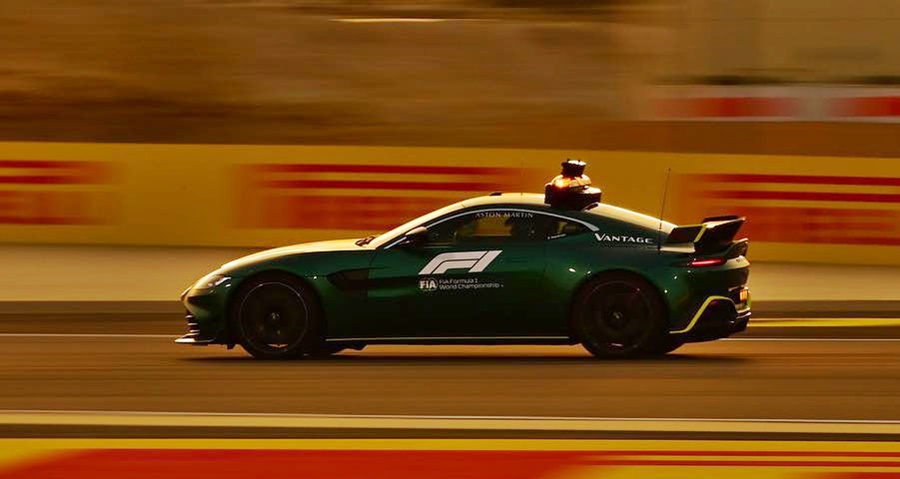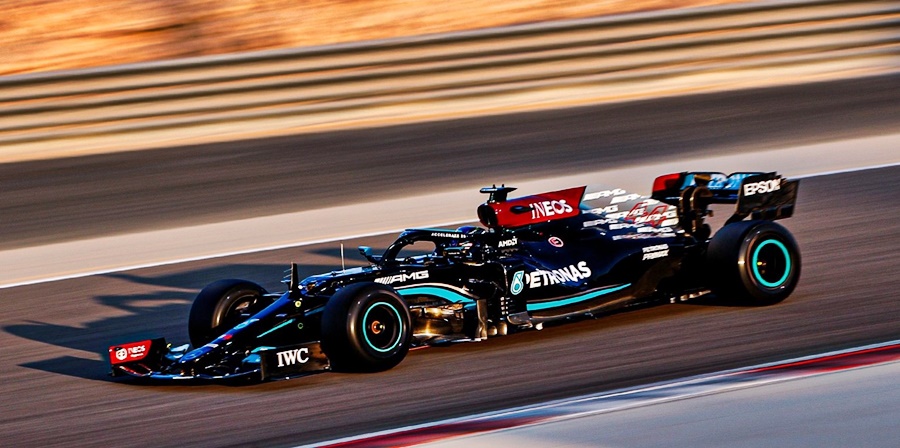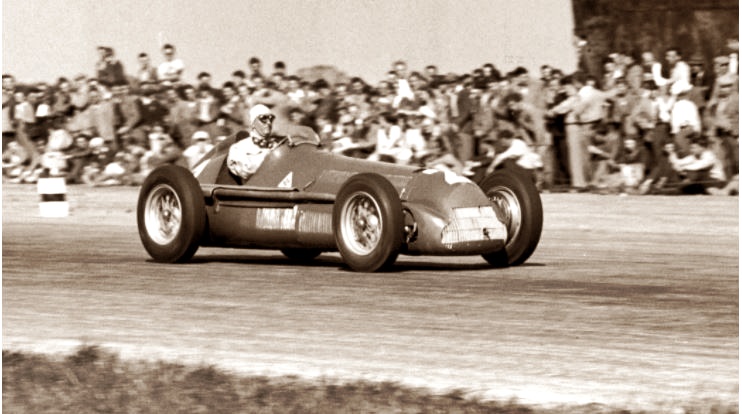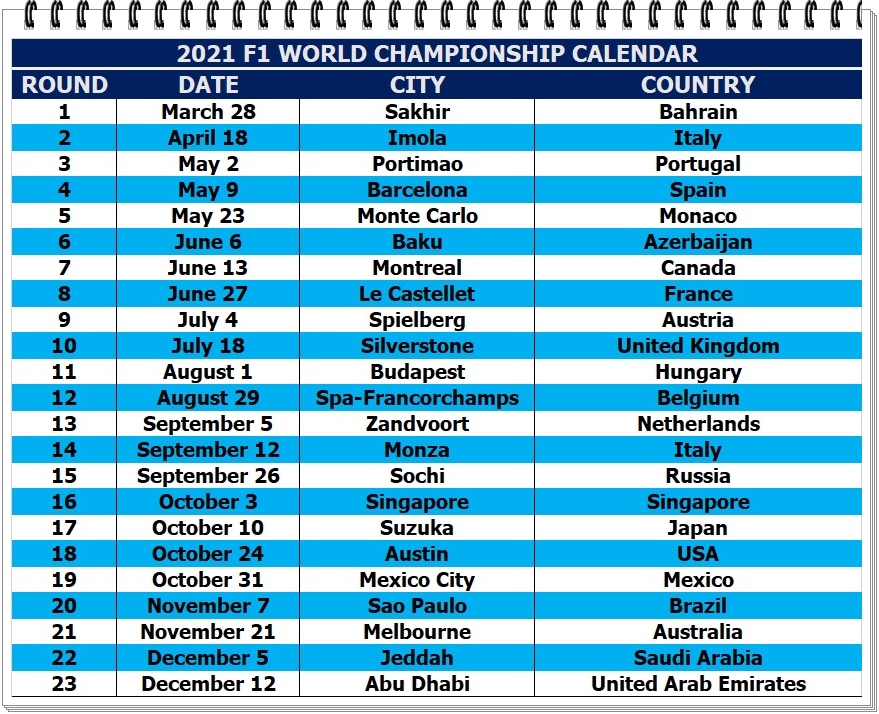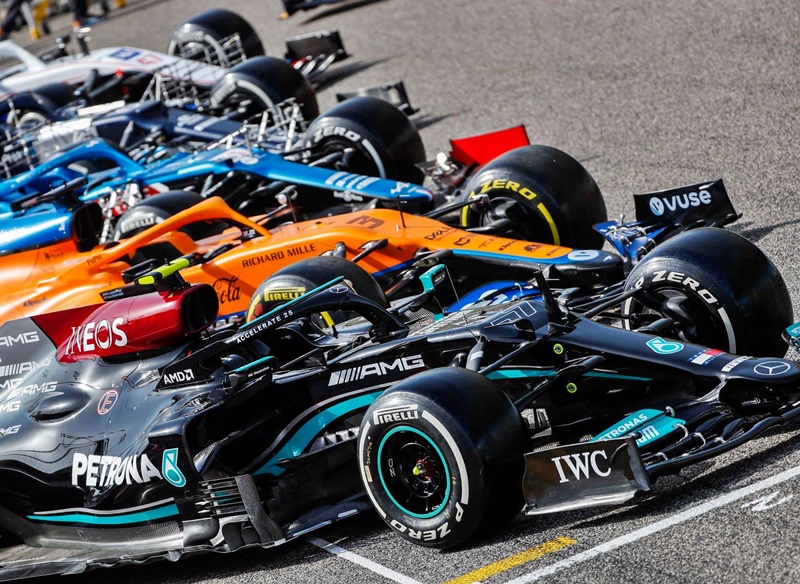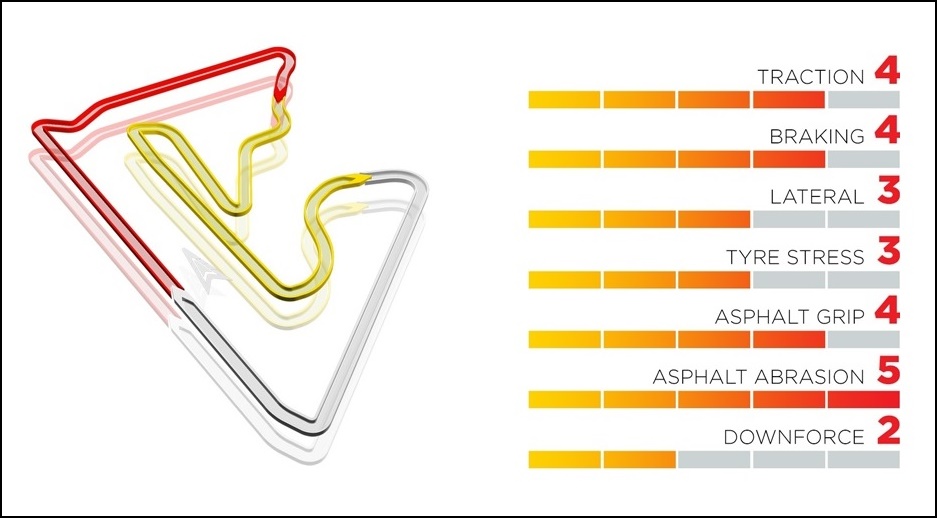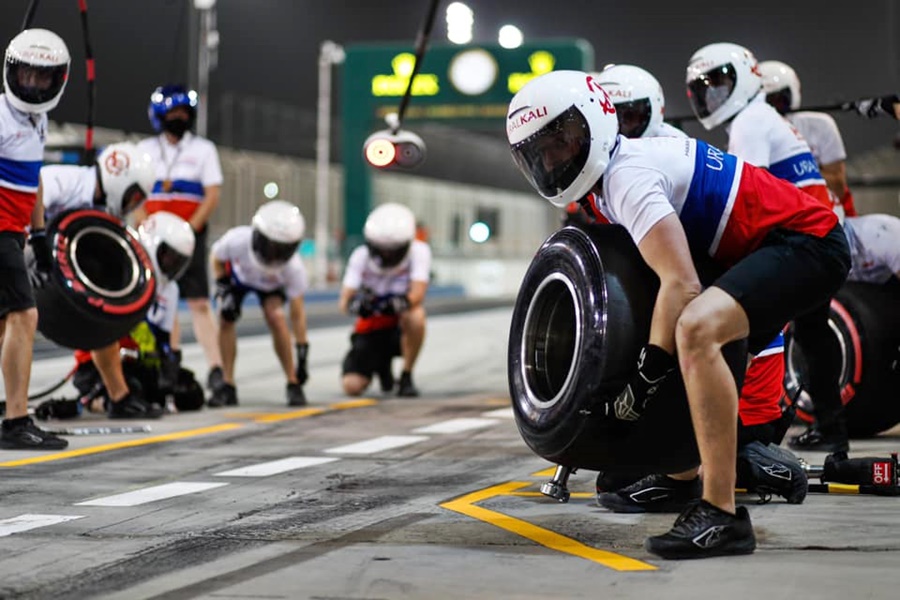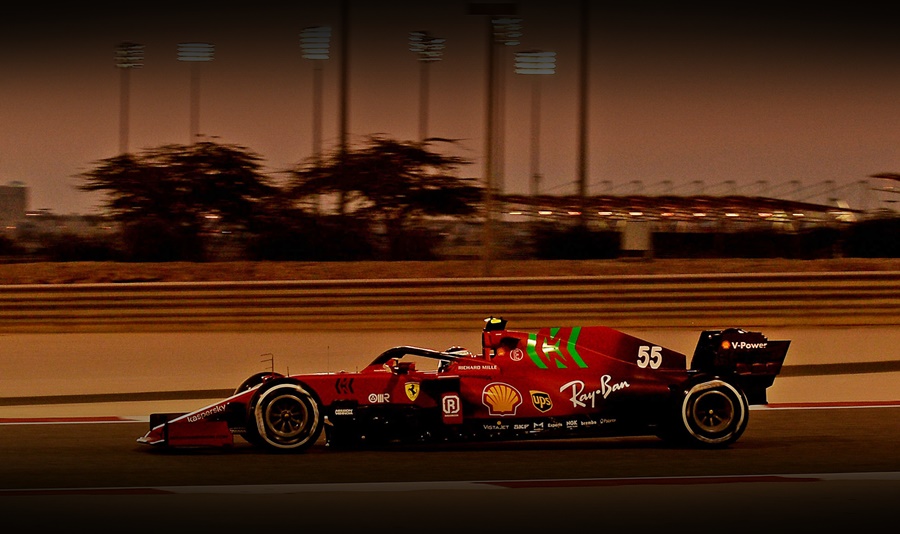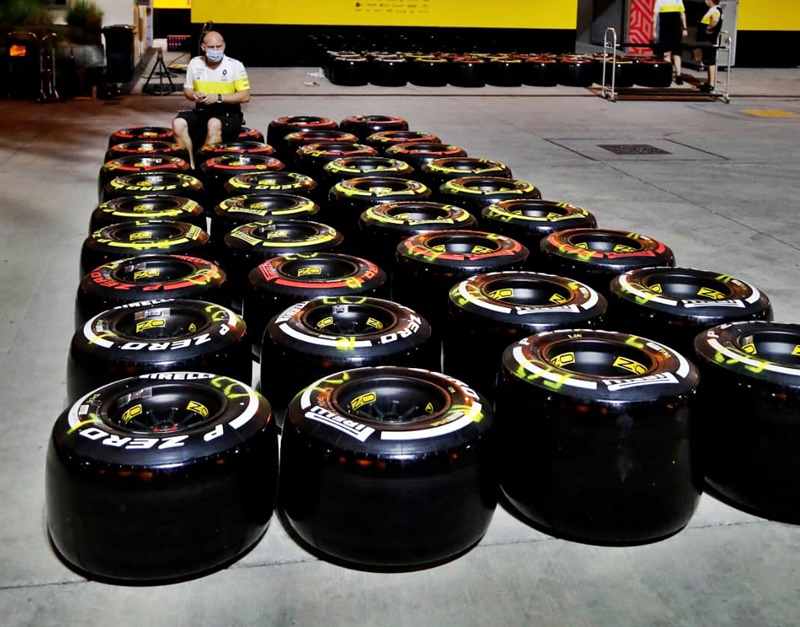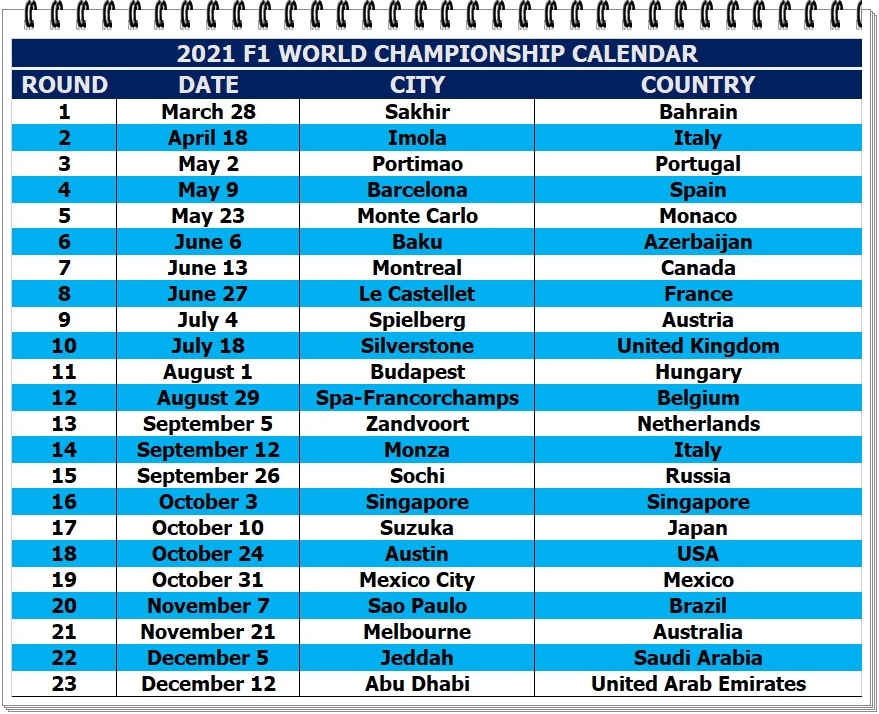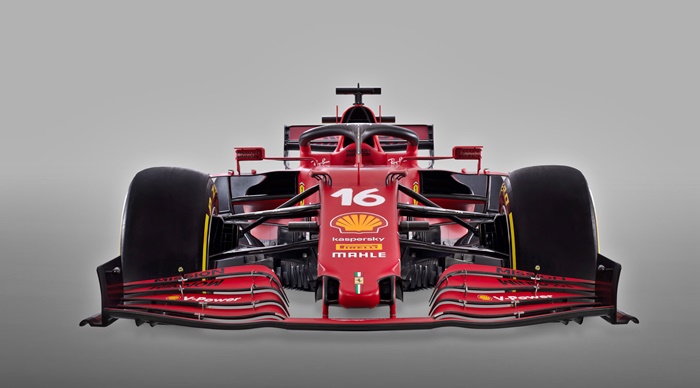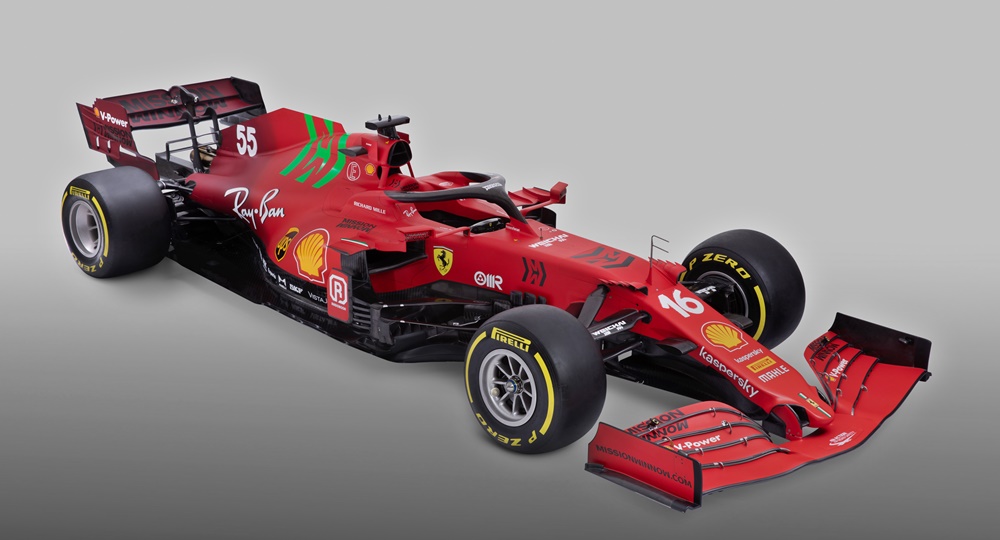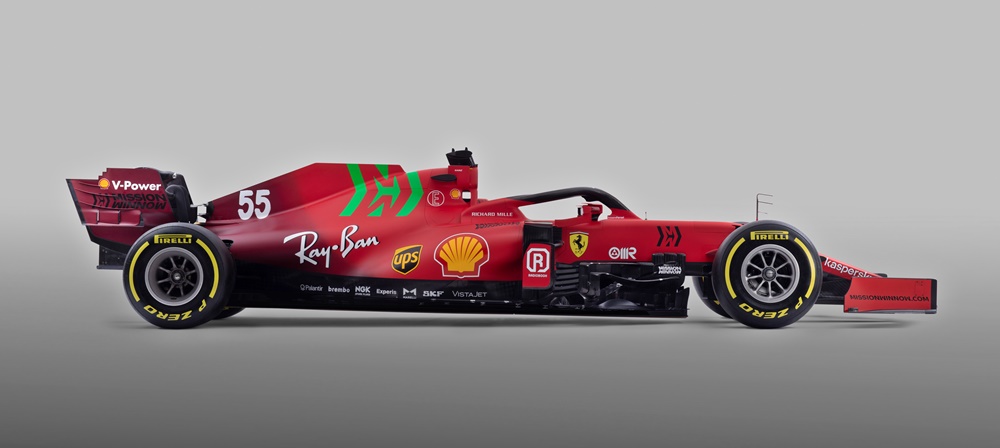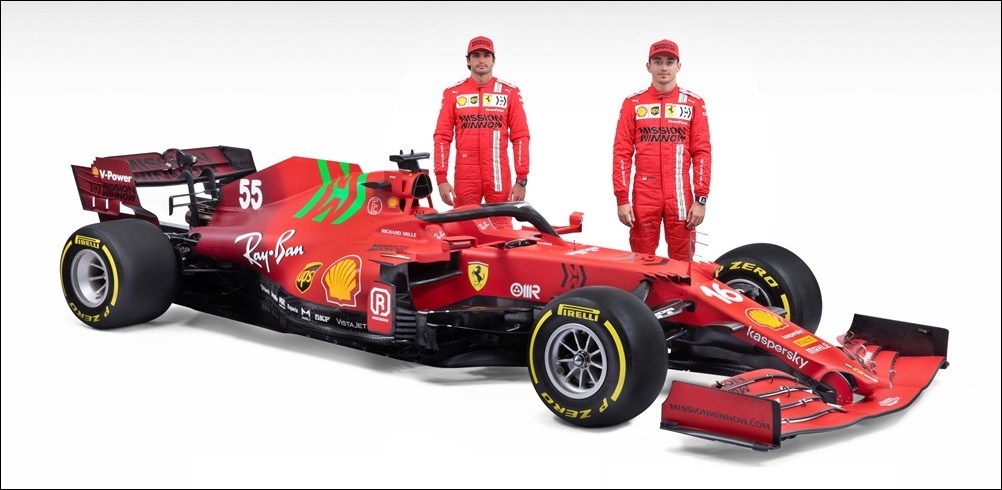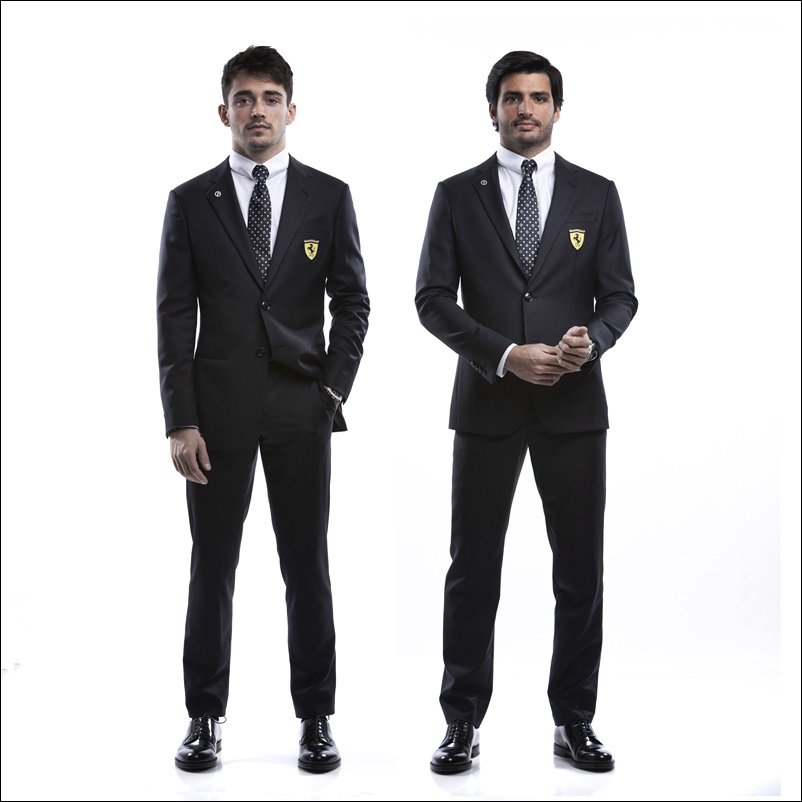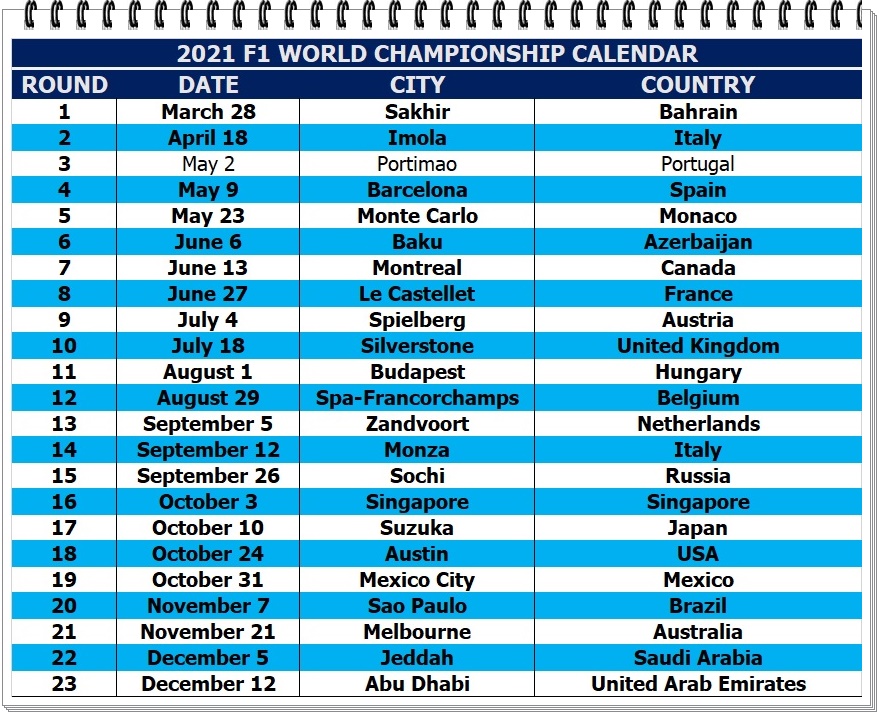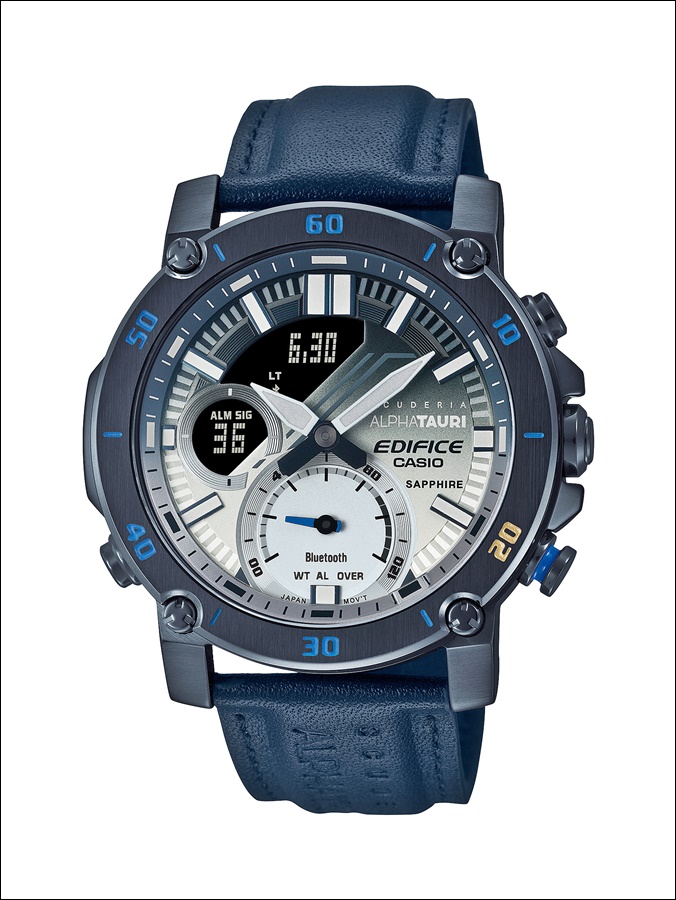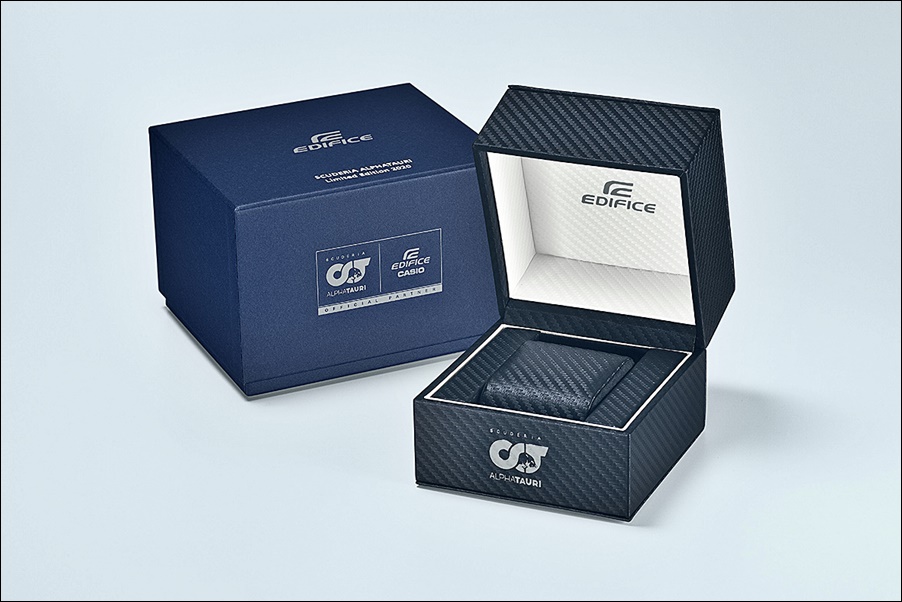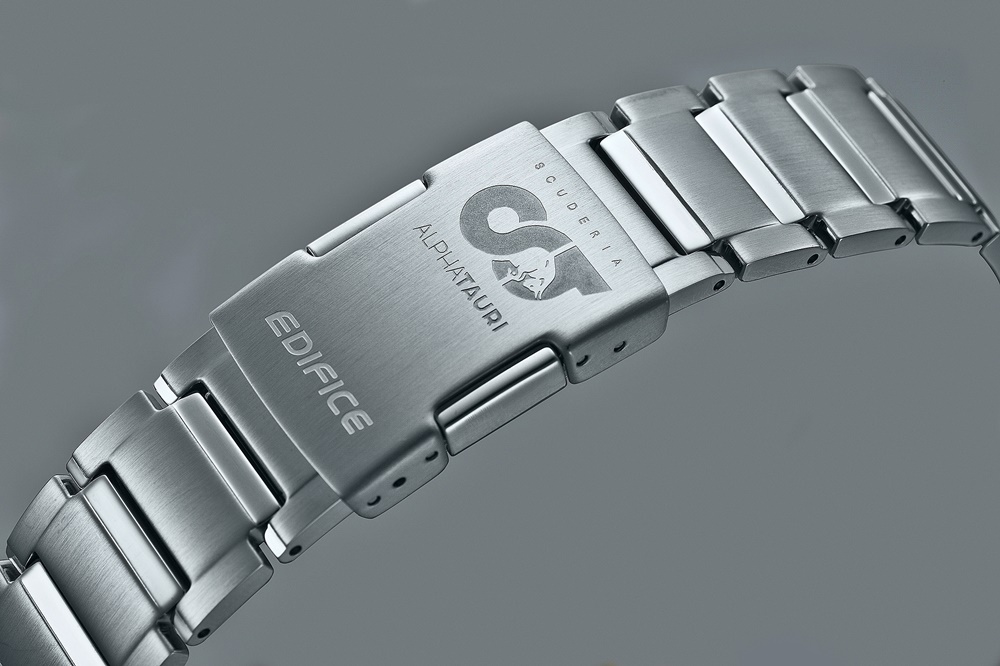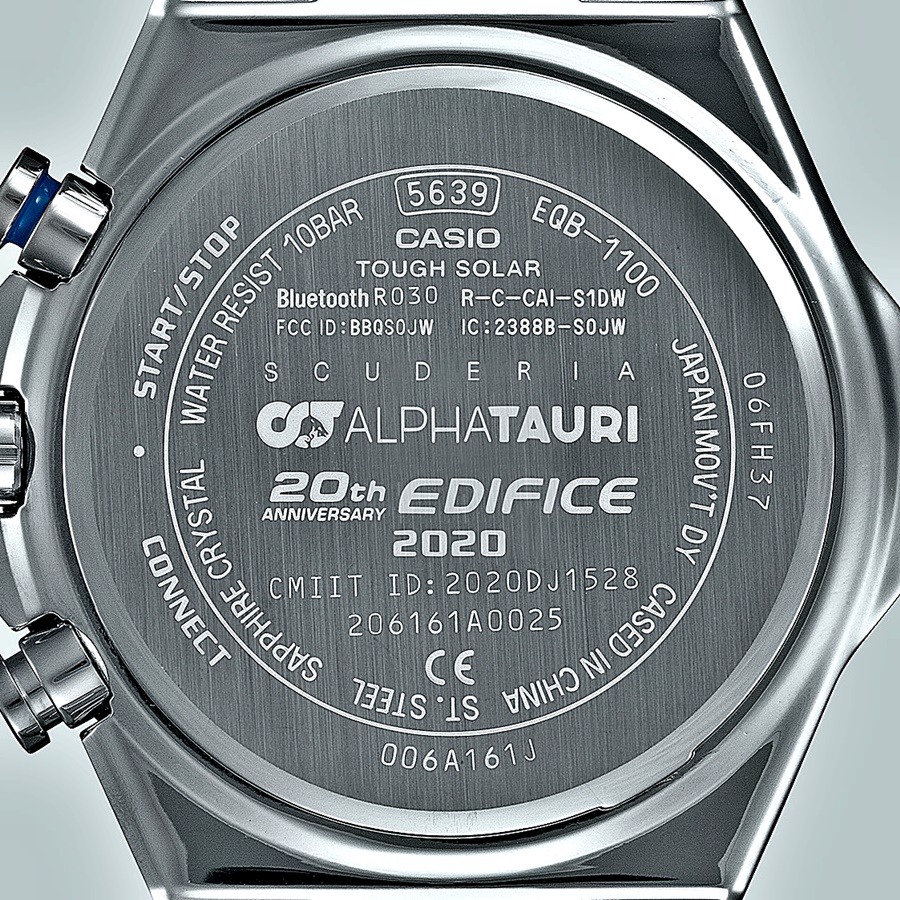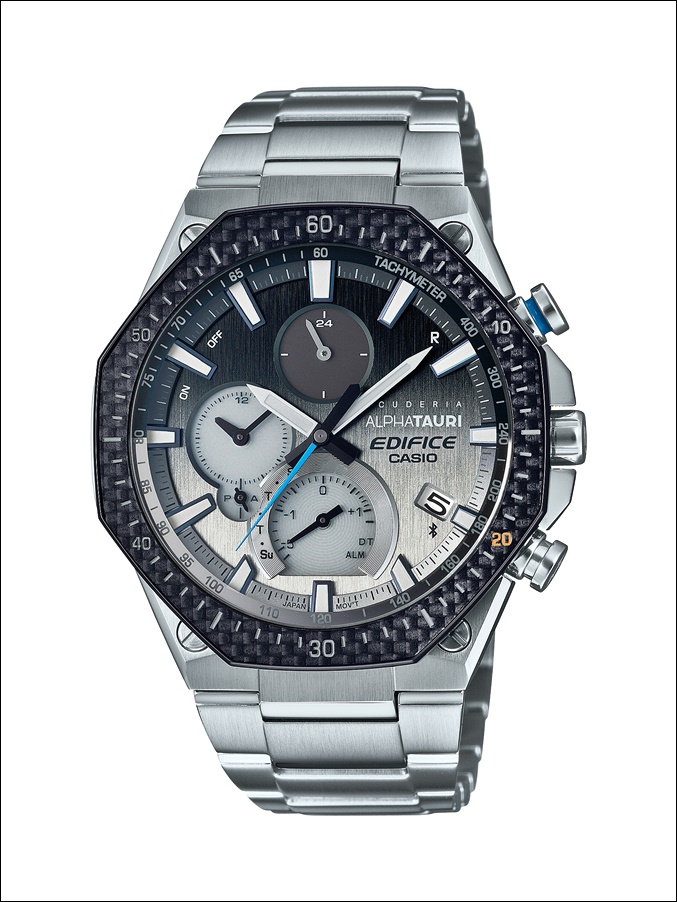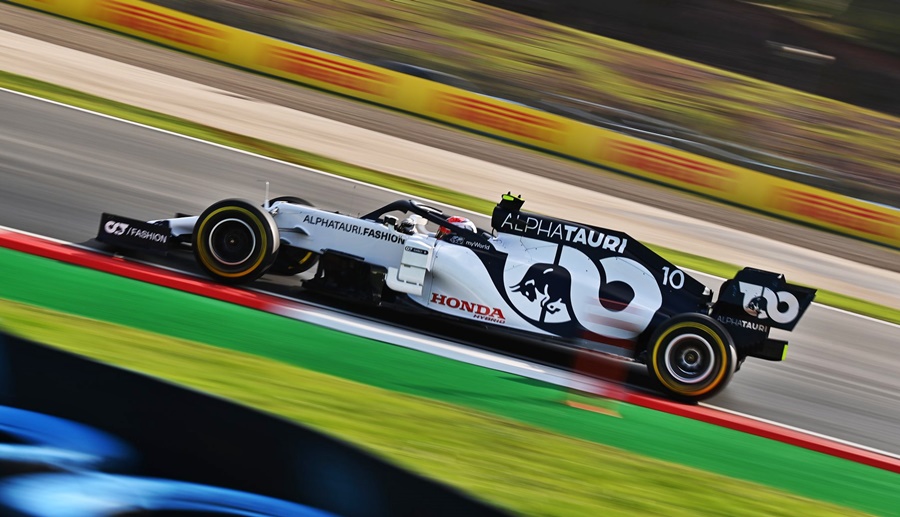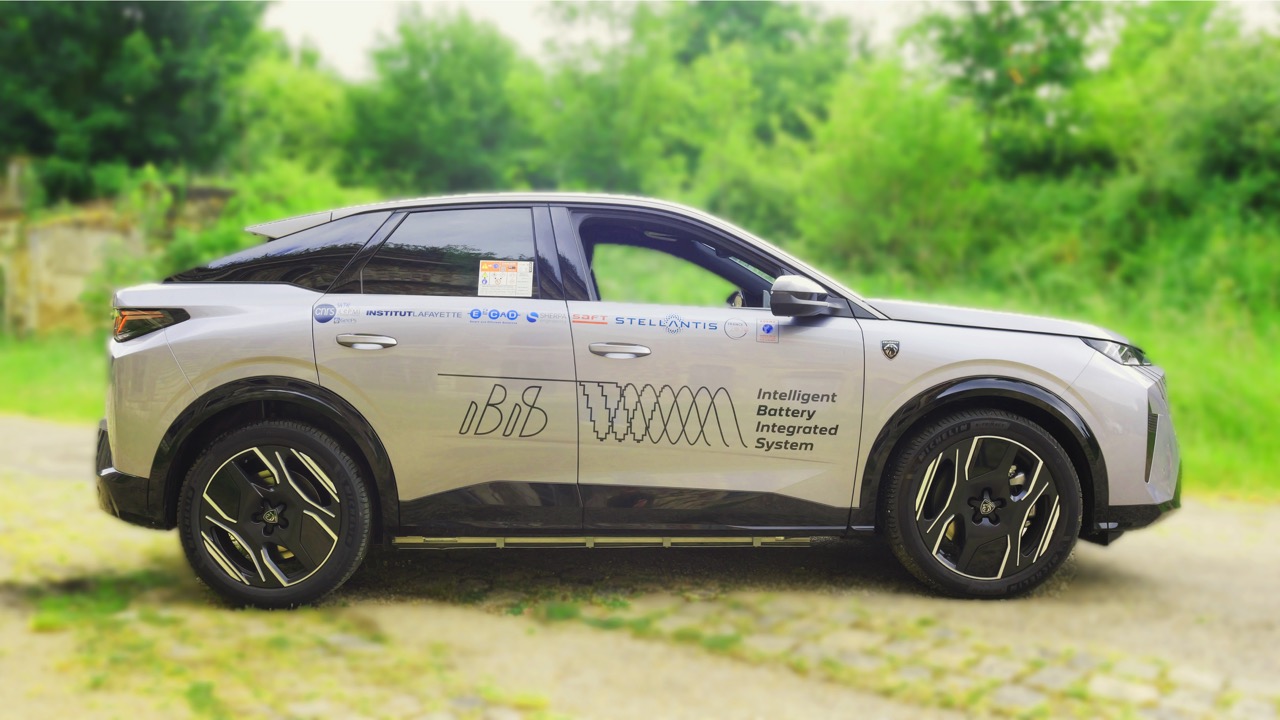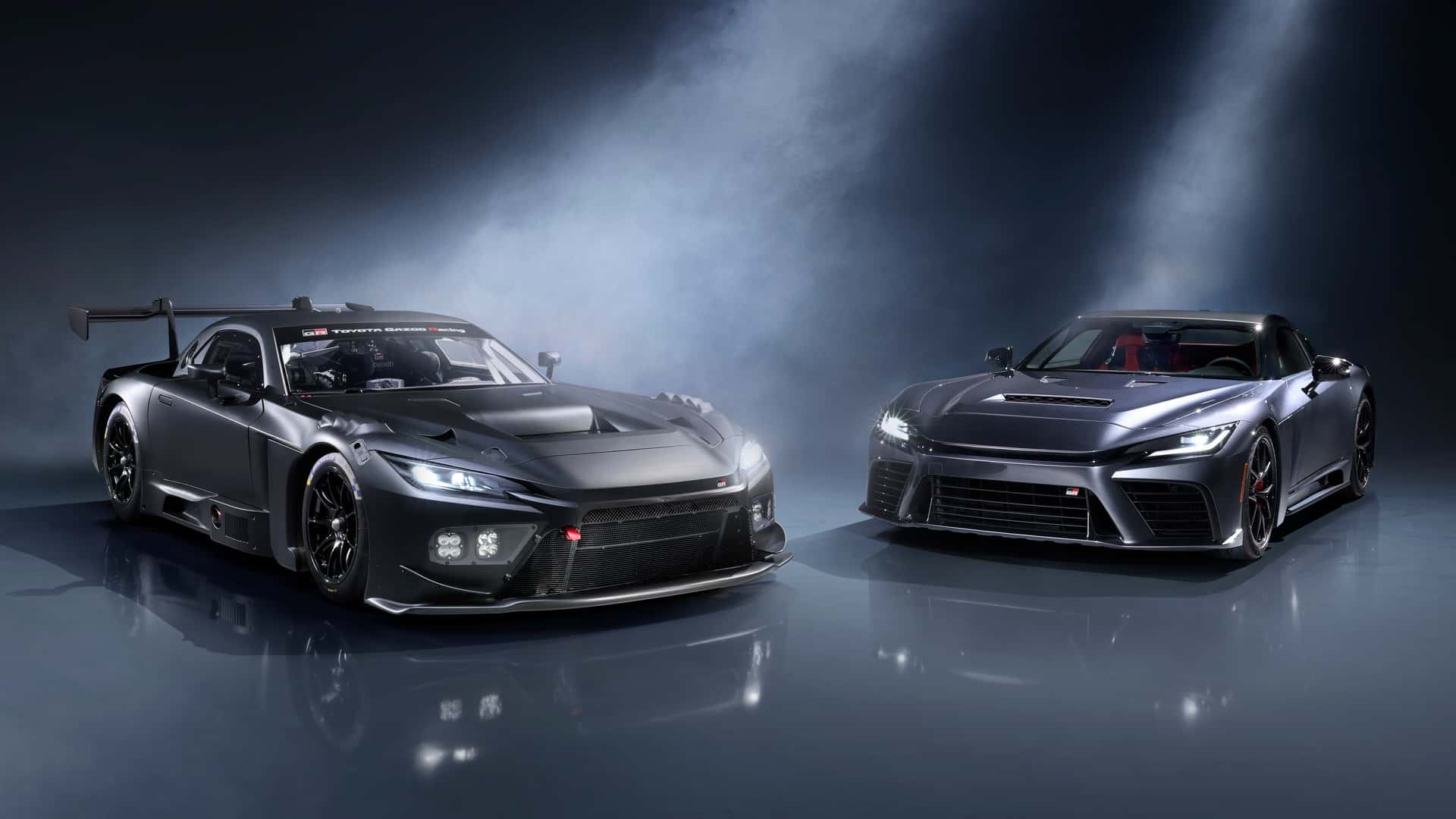
Romain Grojean’s escape from the burning wreck of his Haas F1 car at the Bahrain Grand Prix last November captured worldwide attention. It was amazing that he came out of the inferno, suffering only severe burns to his hands. The safety measures to protect drivers had worked even though the way the car broke up shocked everyone.
Despite his valiant efforts to recover, Romain was not allowed to drive in the final two races of the season – a season that would be his last in F1, which he entered in 2009. During his career, the 35-year old drive had 179 starts and stood on the podium 10 times.
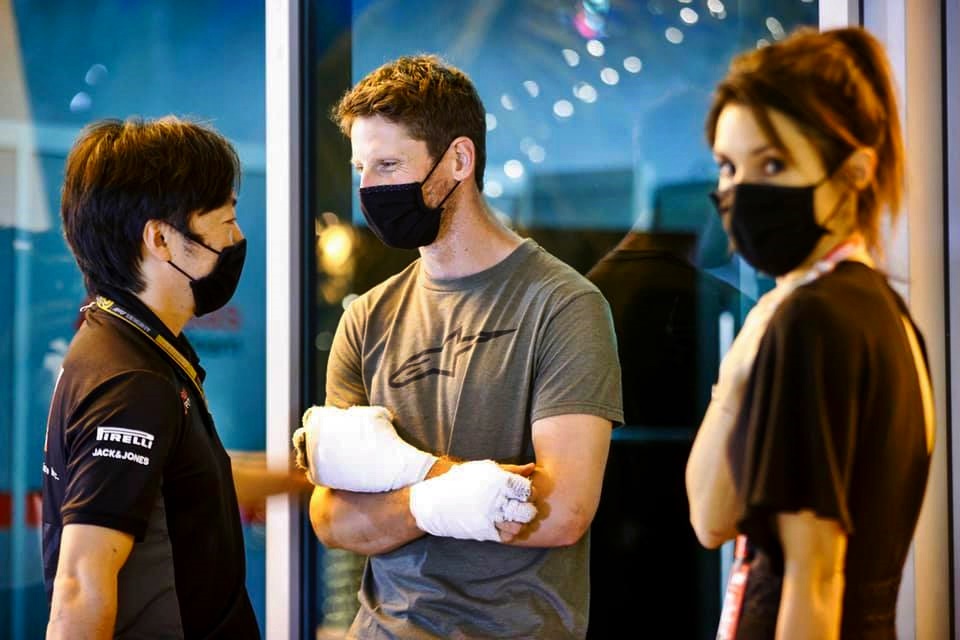
The F1 world shared his sadness at not having a chance to have a last drive that was not remembered as the one of the dramatic accident. But Toto Wolff, boss of the Mercedes-AMG team, made a commitment to Romain that his crash would not be the closing story of his time in F1. He offered the driver a chance to drive one last time – and it would be in Lewis Hamilton’s World-Championship-winning racing car.
Preparing for drive at Paul Ricard
Romain has already been to the Mercedes-AMG F1 team’s base in England to undergo a seat fit and has spent time in the simulator in preparation for a specially-organised drive at the Frenchman’s home track, the Paul Ricard Circuit, on June 29. He will also take part in a series of demo laps ahead of the French Grand Prix which will be on June 27.
“I am so excited to jump back in an F1 car! It will be a special opportunity for me and to drive a World Championship-winning Mercedes will be a unique experience. I’m very grateful to Mercedes F1 and to Toto for the opportunity. The first I heard about the chance to drive a Mercedes was in my hospital bed in Bahrain when Toto was speaking to the media and made the invitation. Reading that news cheered me up a lot!” said Romain.

A commitment from Toto
Toto said that the idea first came when it looked like Romain would be ending his active career in Formula 1. “We didn’t want his accident to be his last moment in an F1 car, and we are very happy to support Romain with this special opportunity,” he said.
“I have known Romain since his days in Formula 3 when he won the Championship. He enjoyed a long and successful F1 career and we wanted to make sure that his final memories would be at the wheel of a championship-winning car,” Toto said. “Romain’s accident reminds us of the dangers these guys face each time they climb into the cockpit but it’s also a testament to the incredible steps this sport has taken to improve safety over the years. I know the F1 community will celebrate seeing Romain back on track.”
While he leaves F1, Romain is not stopping racing altogether. He will compete in the IndyCar series for Dale Coyne Racing with RWR.
F1/Round 3: Highlights & Provisional Results For 2021 Portuguese Grand Prix


